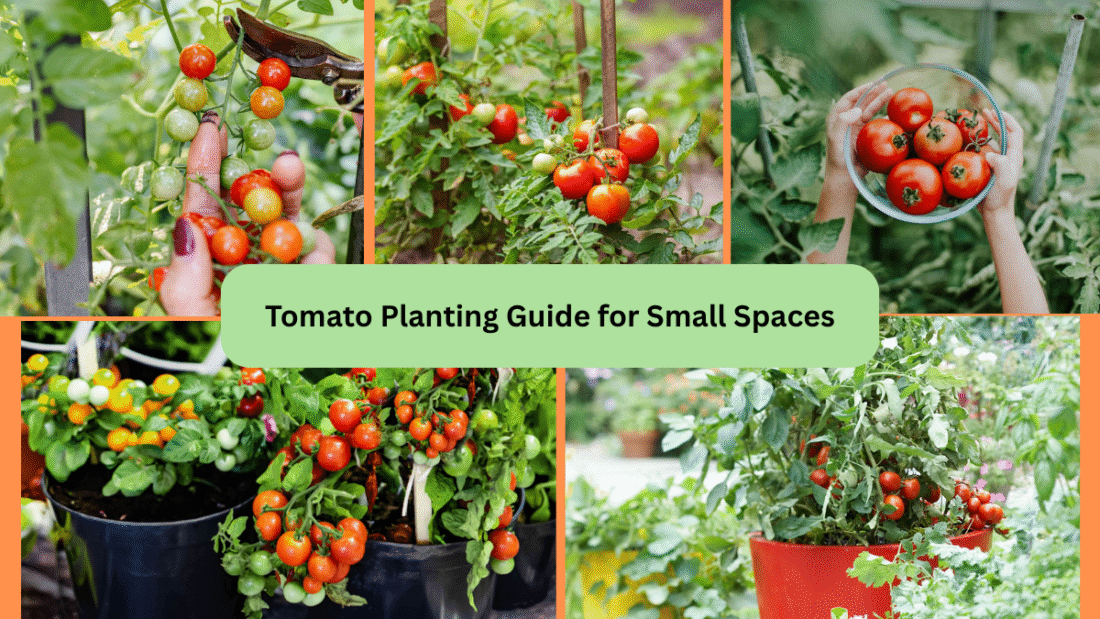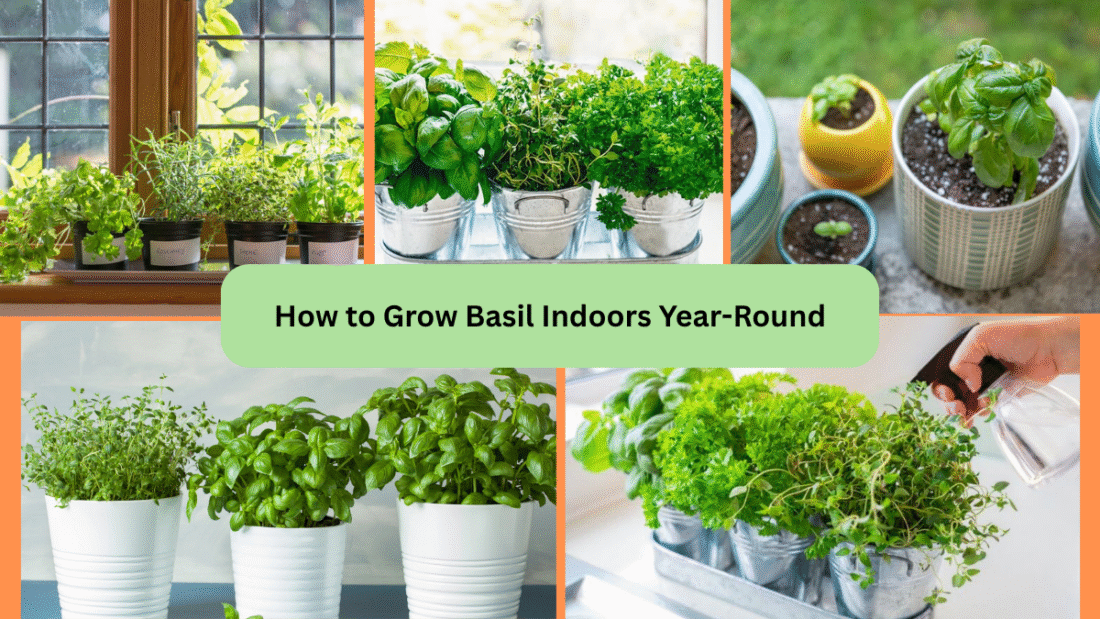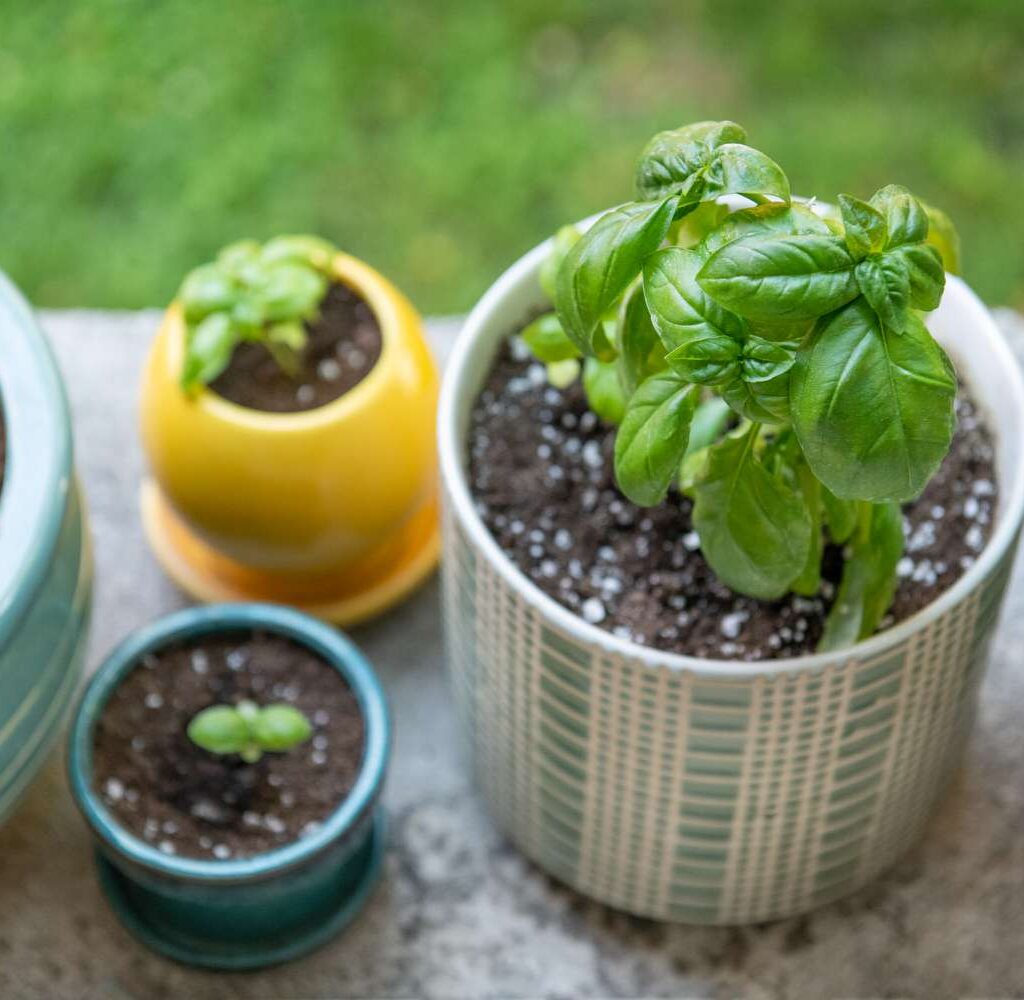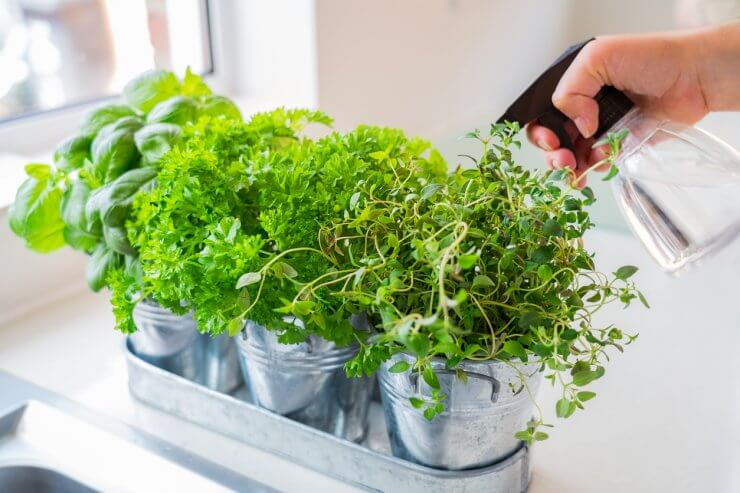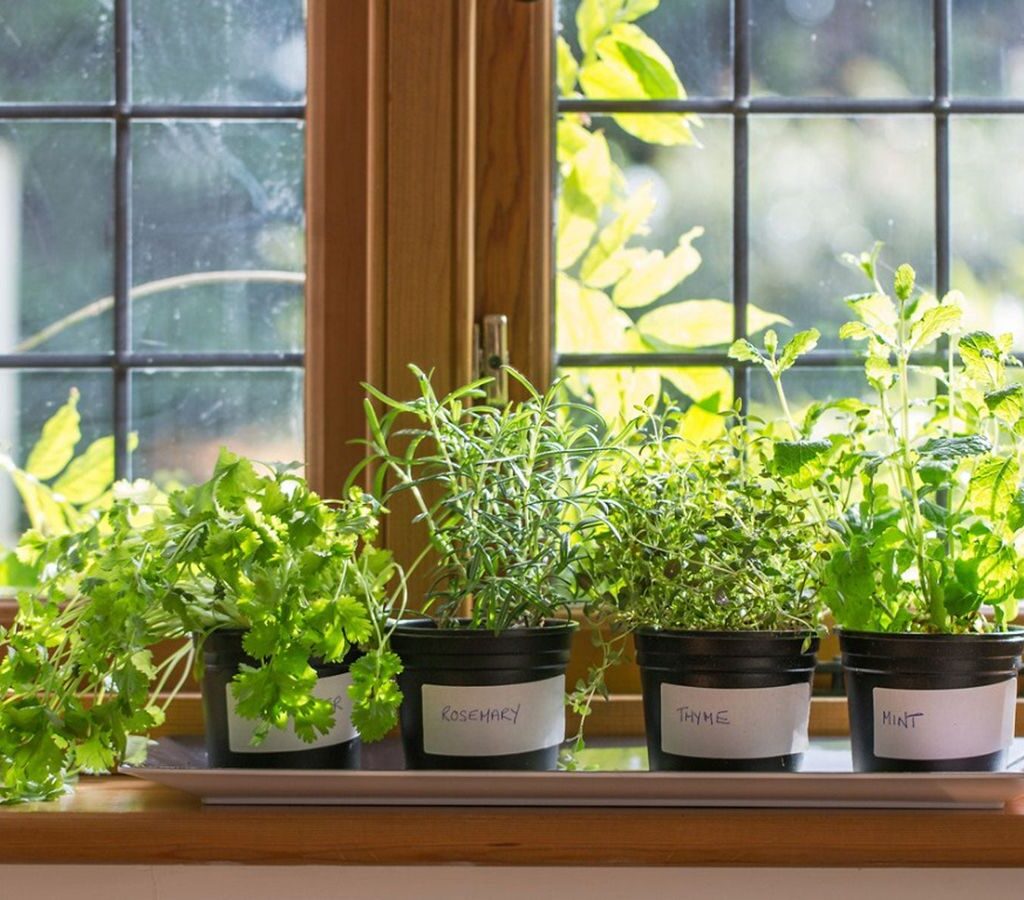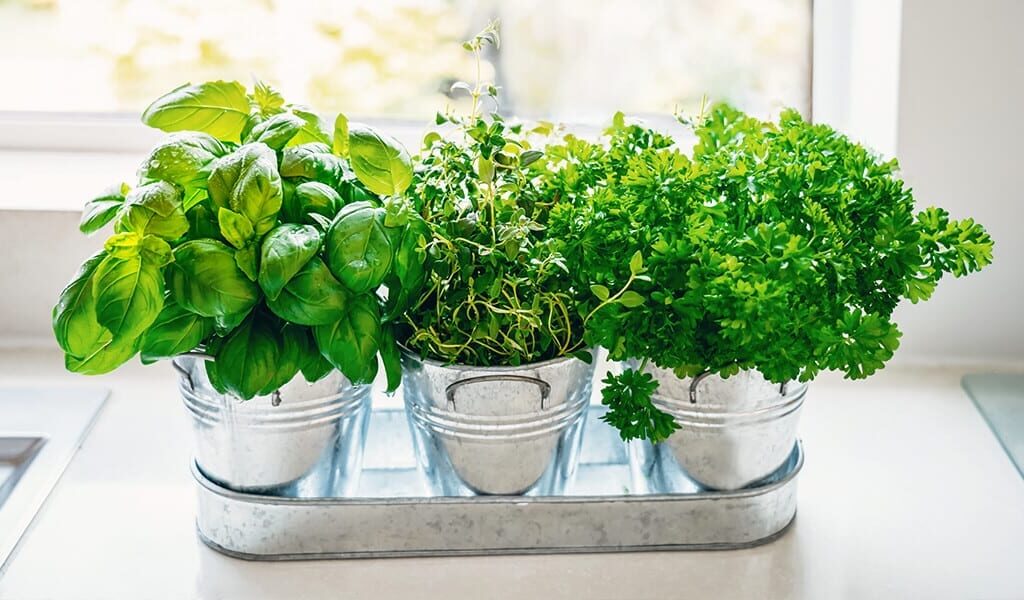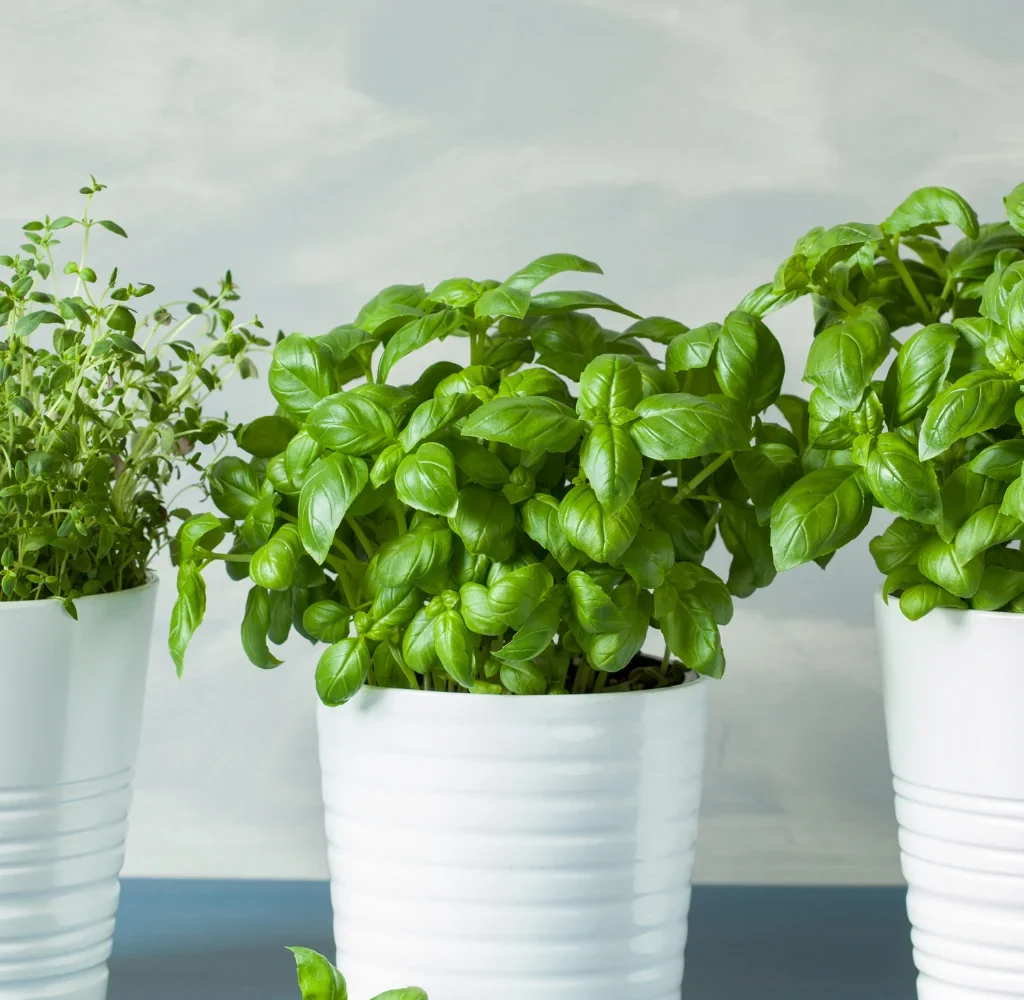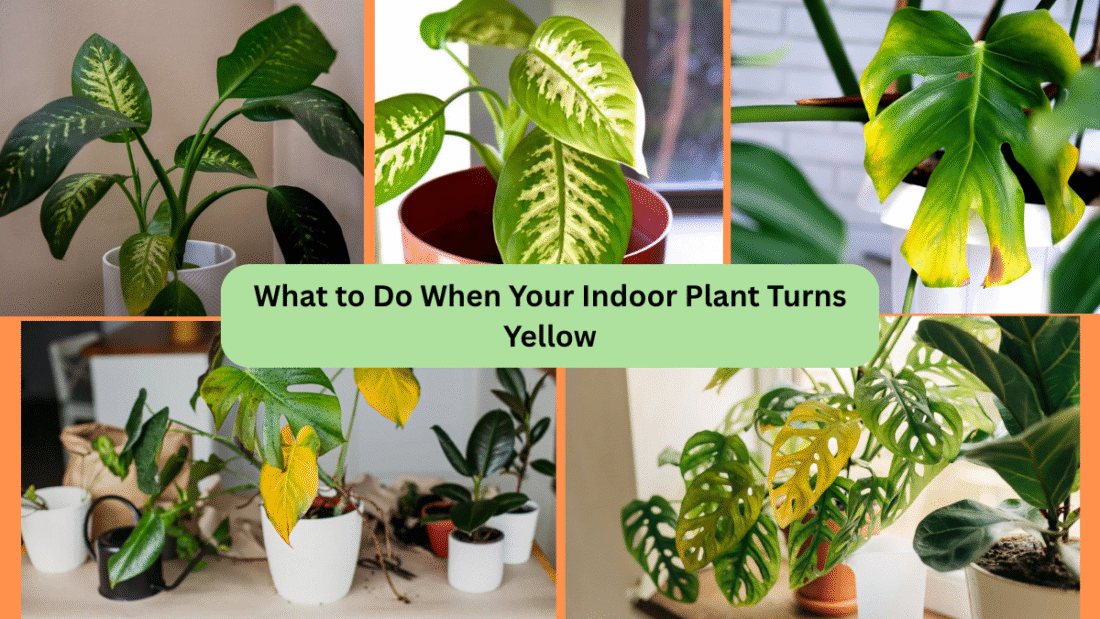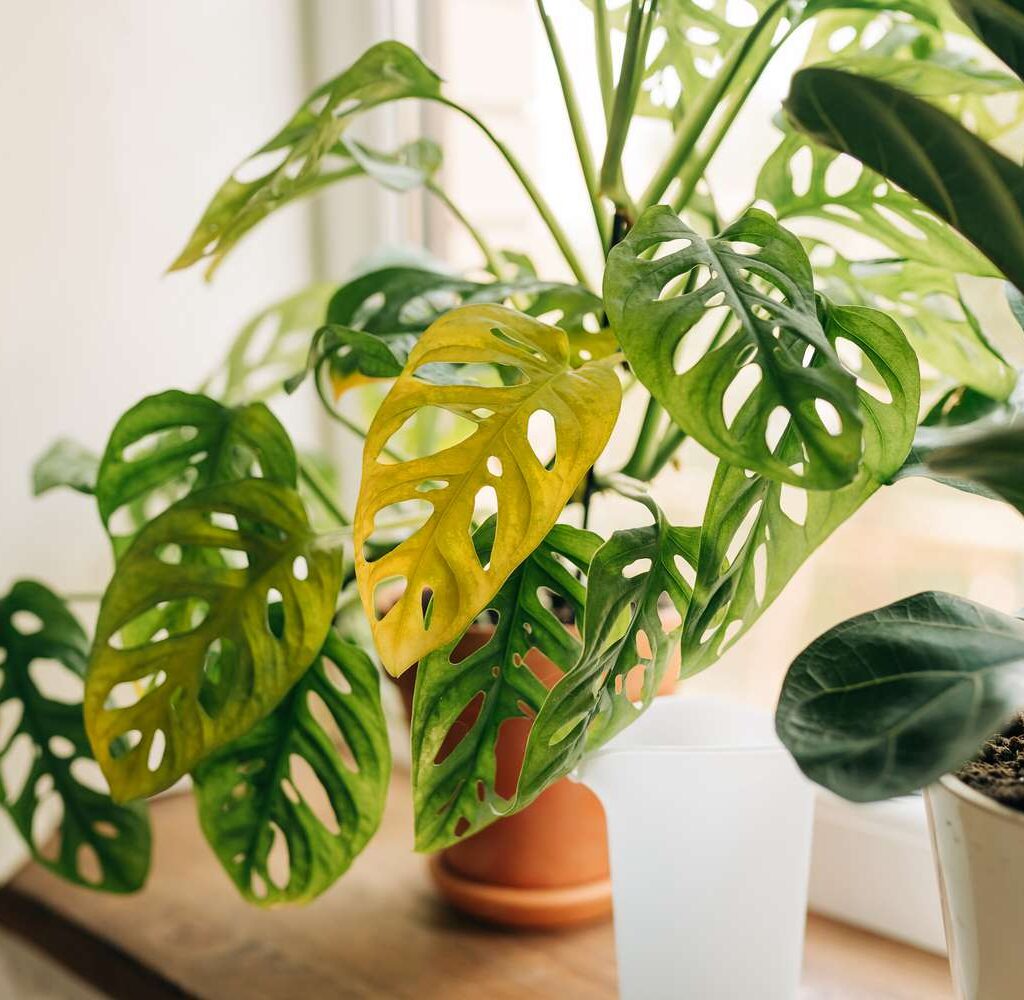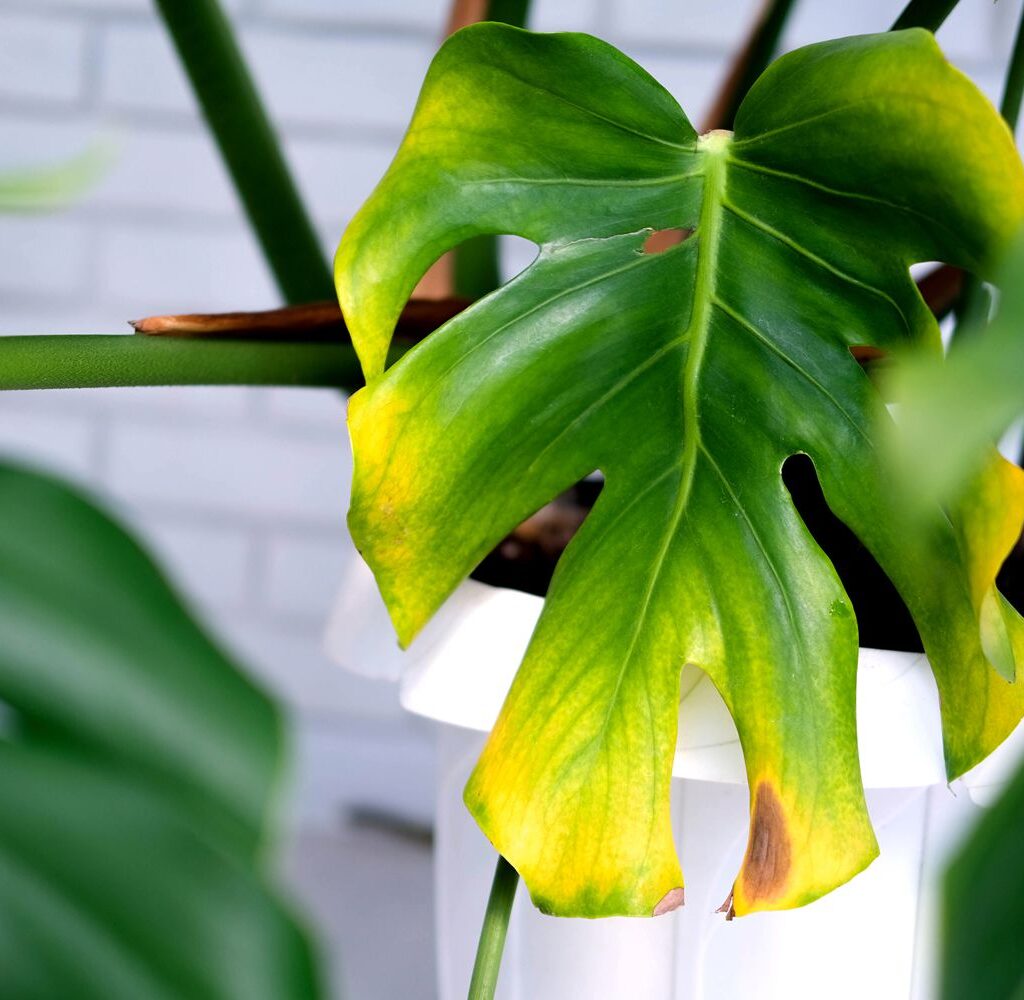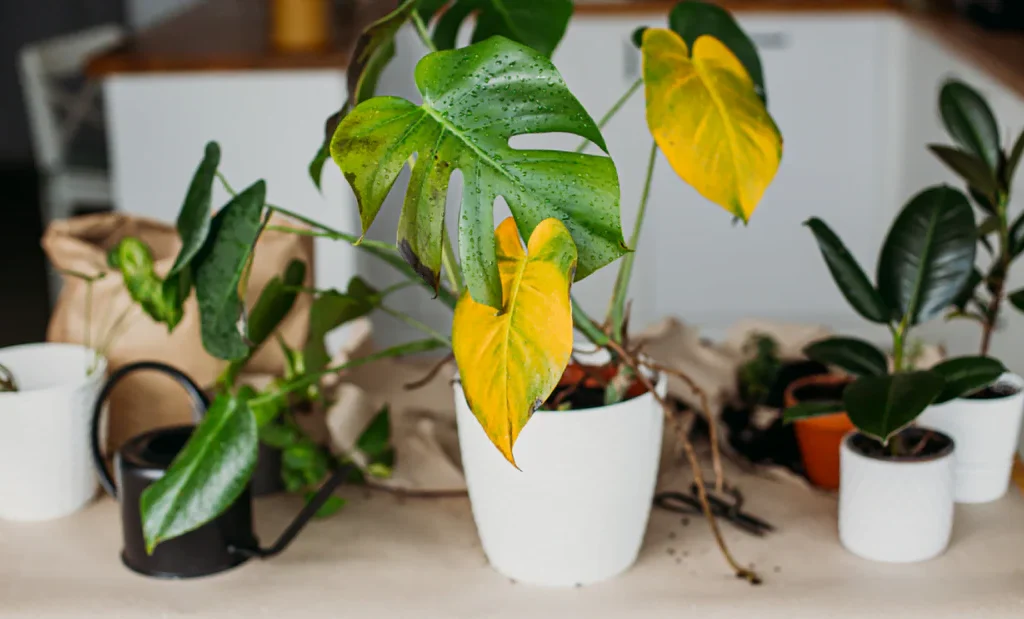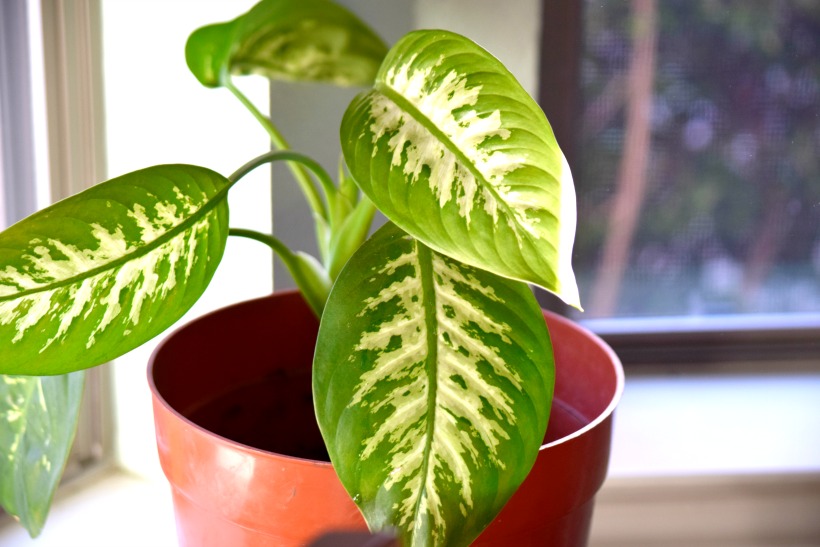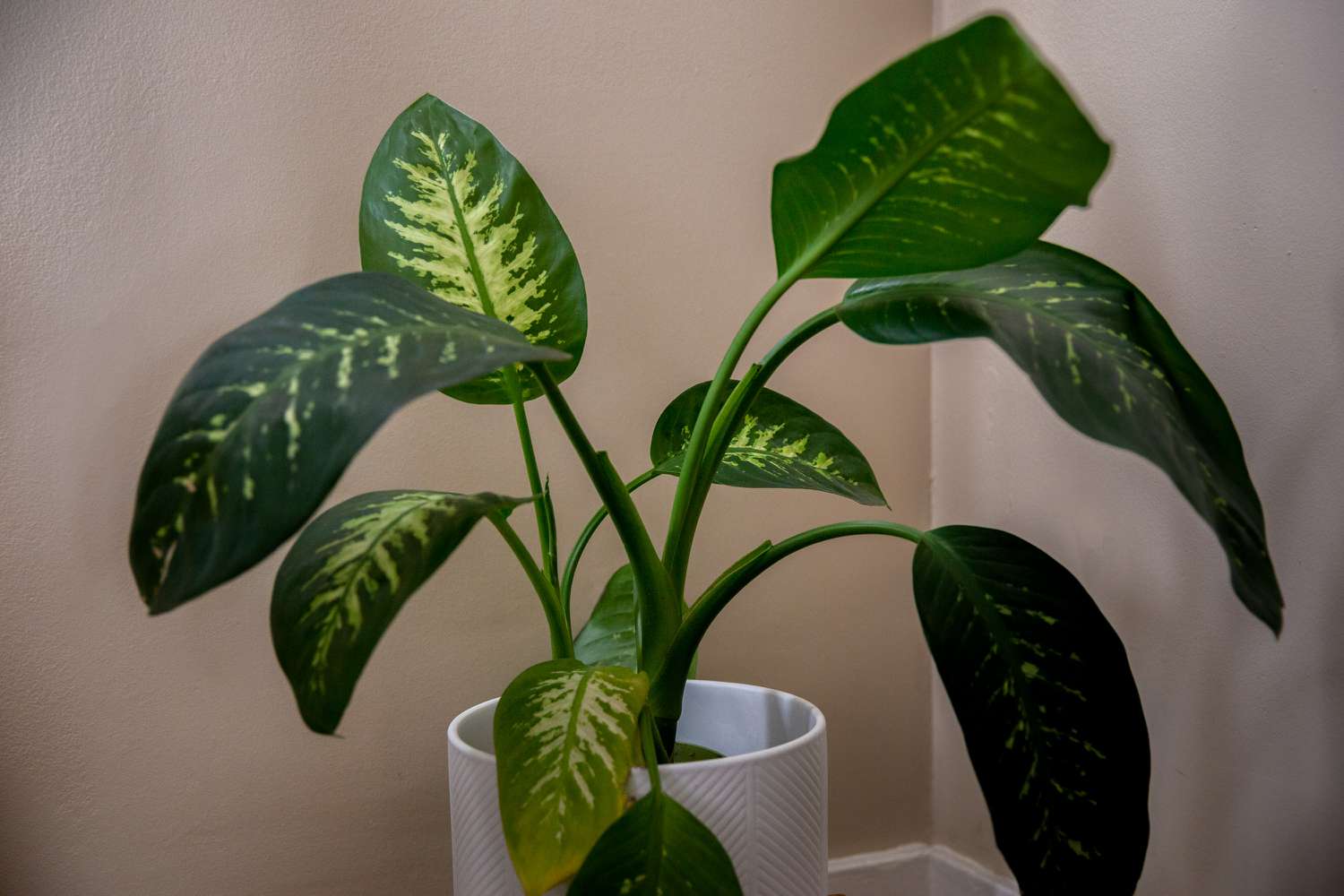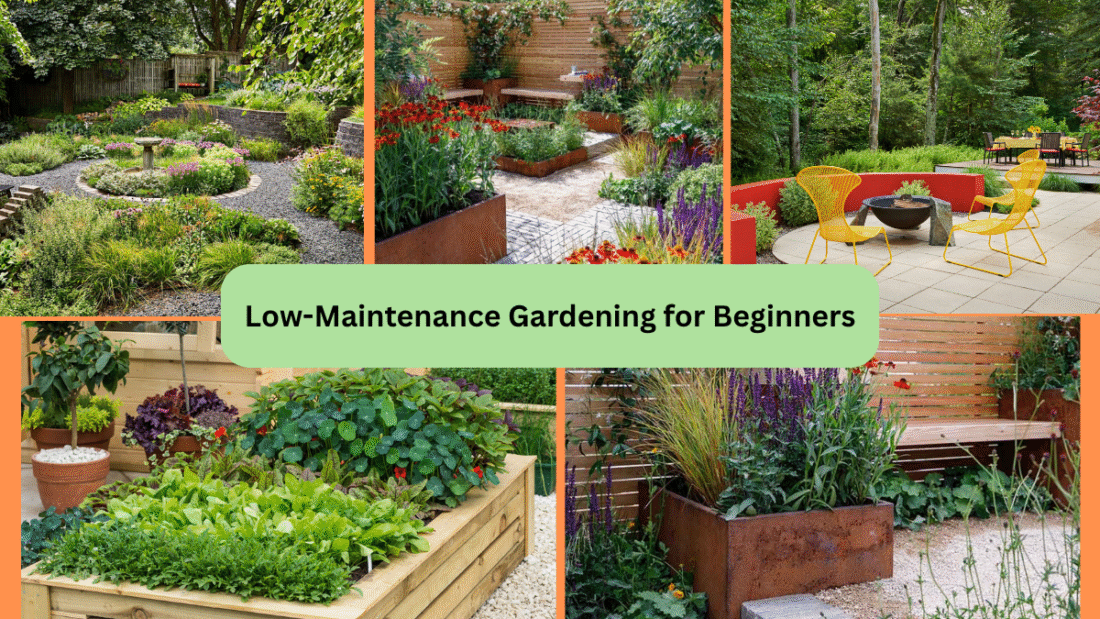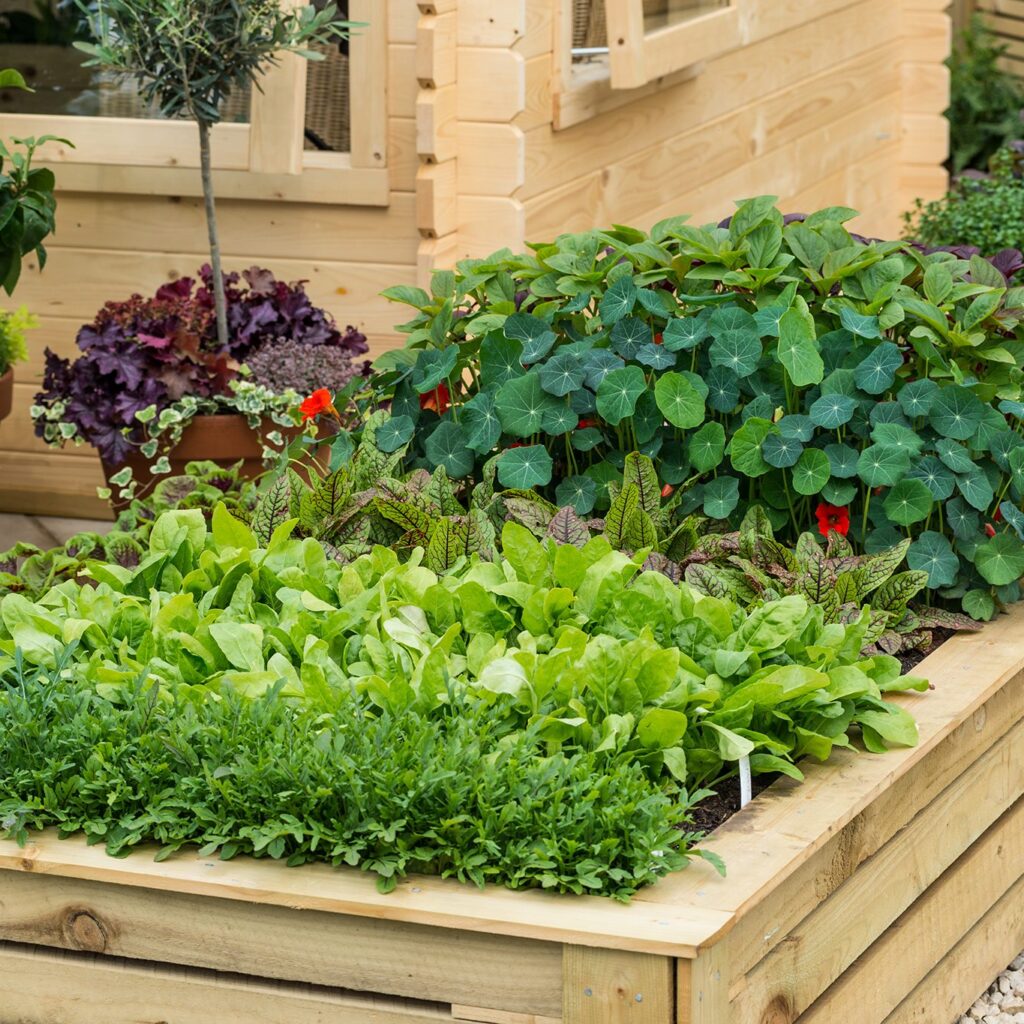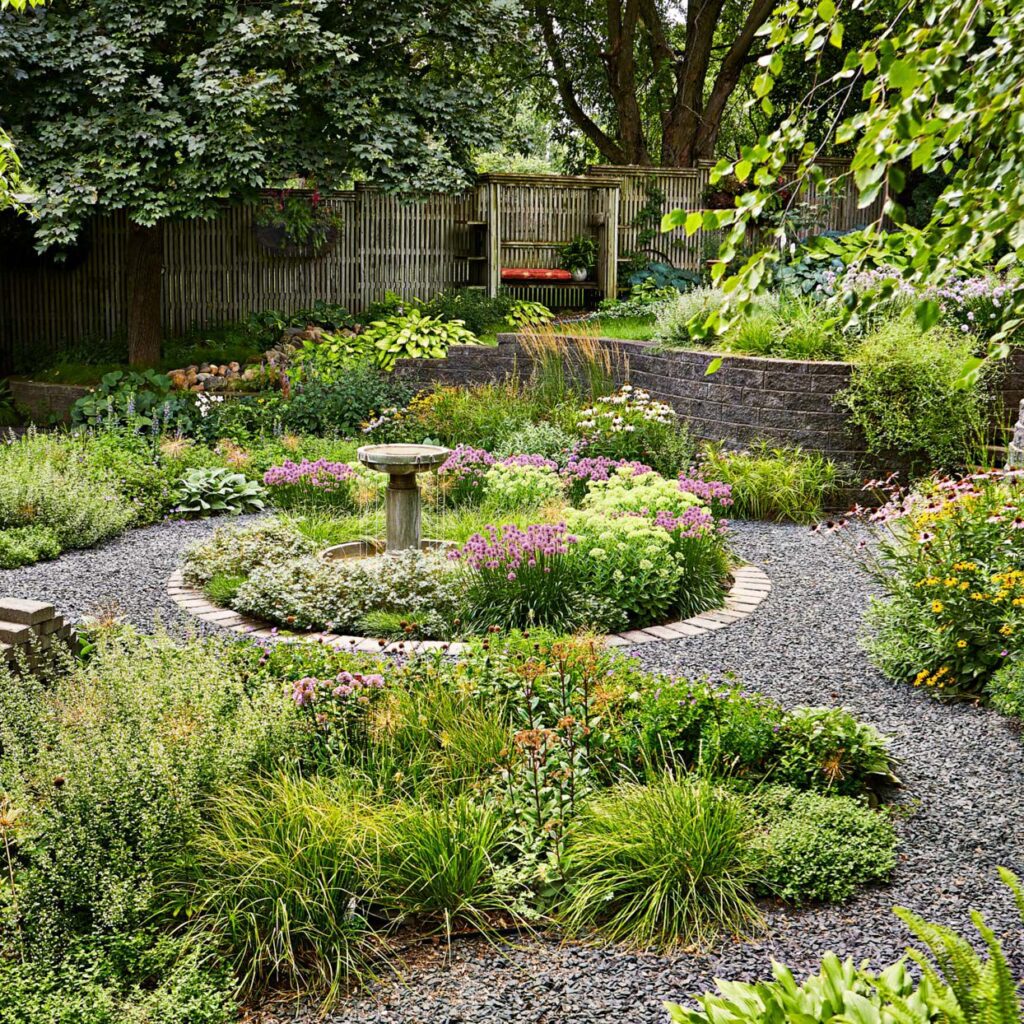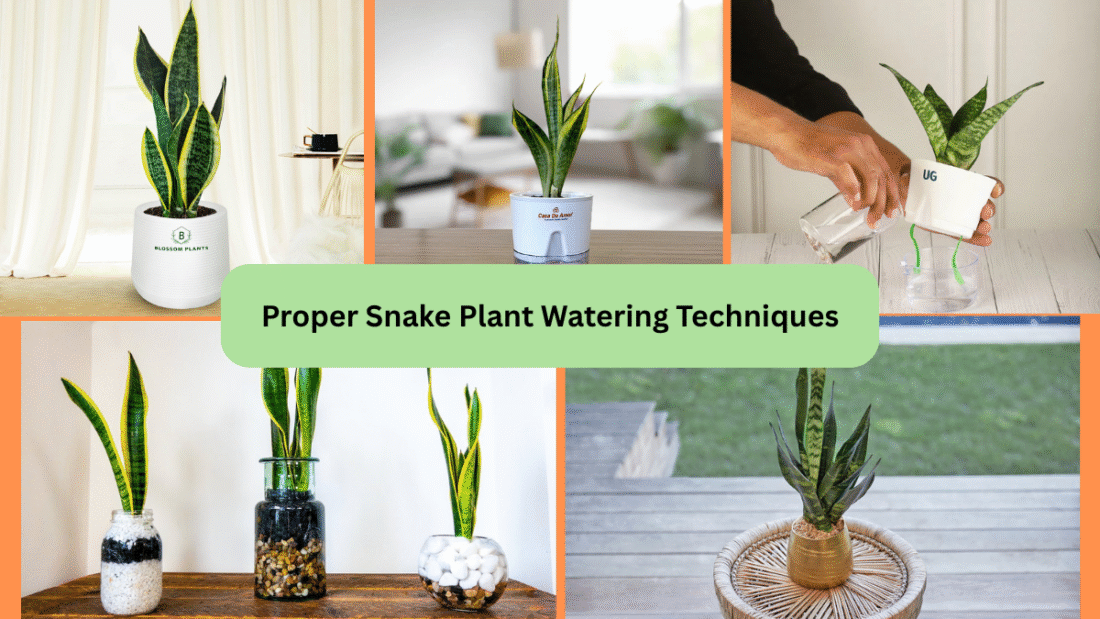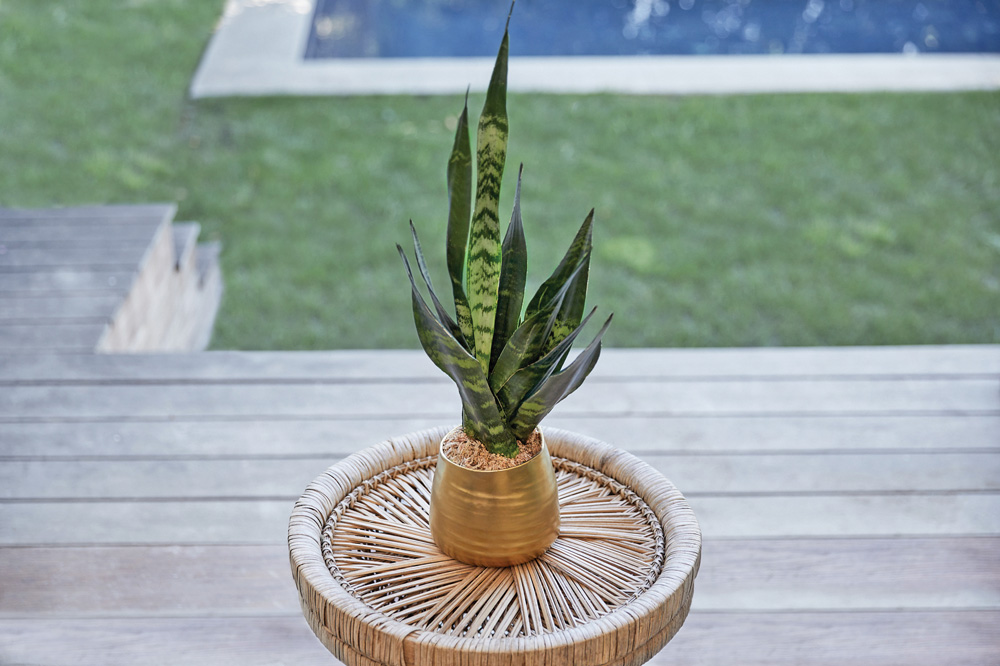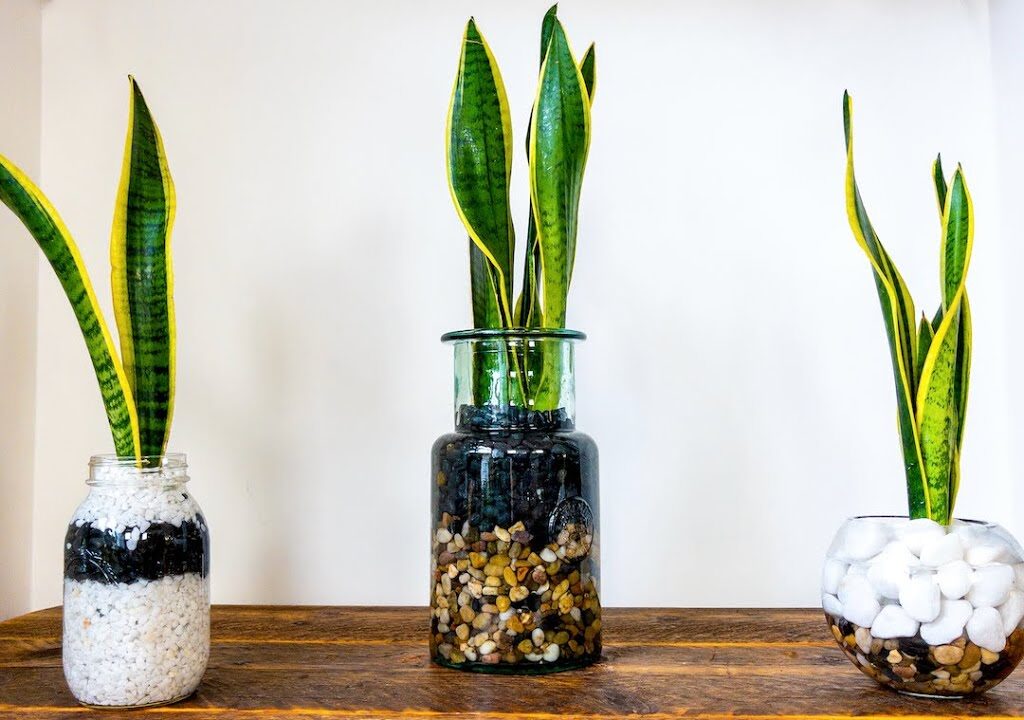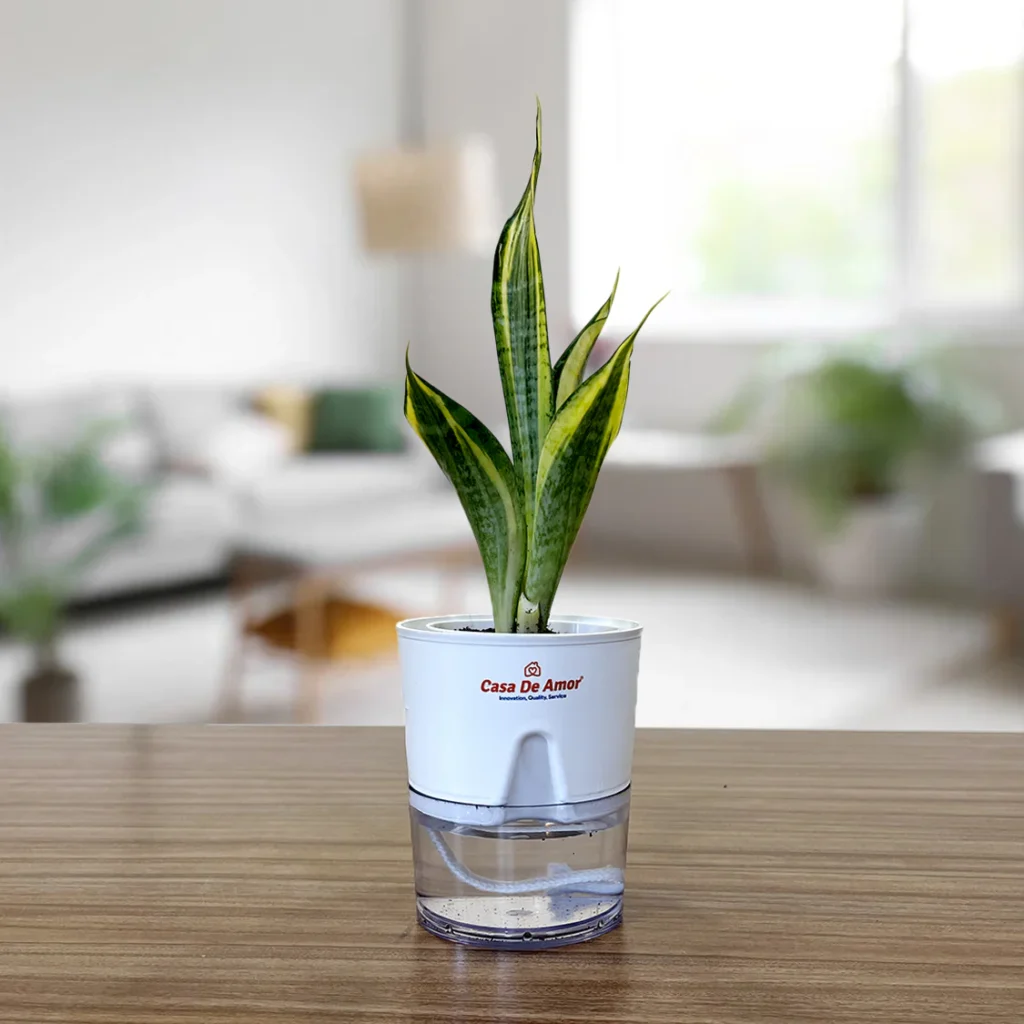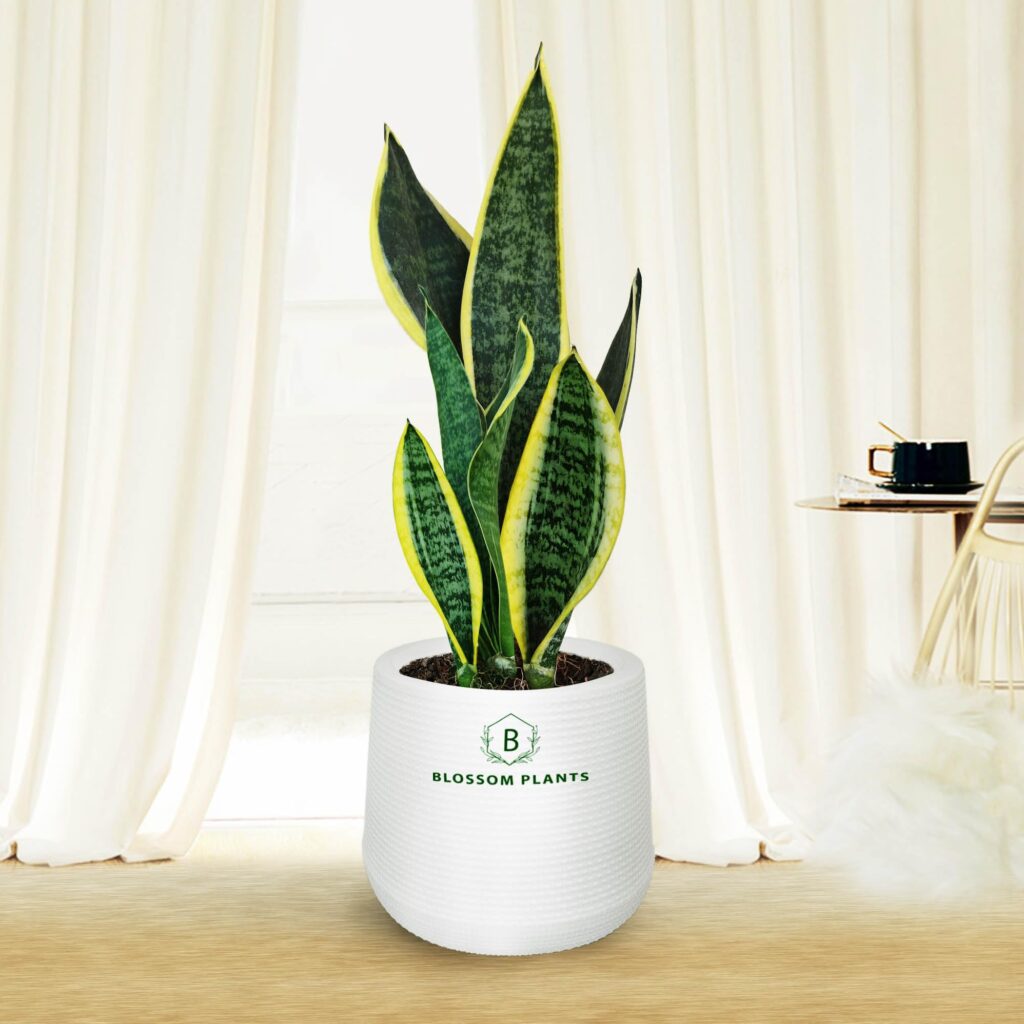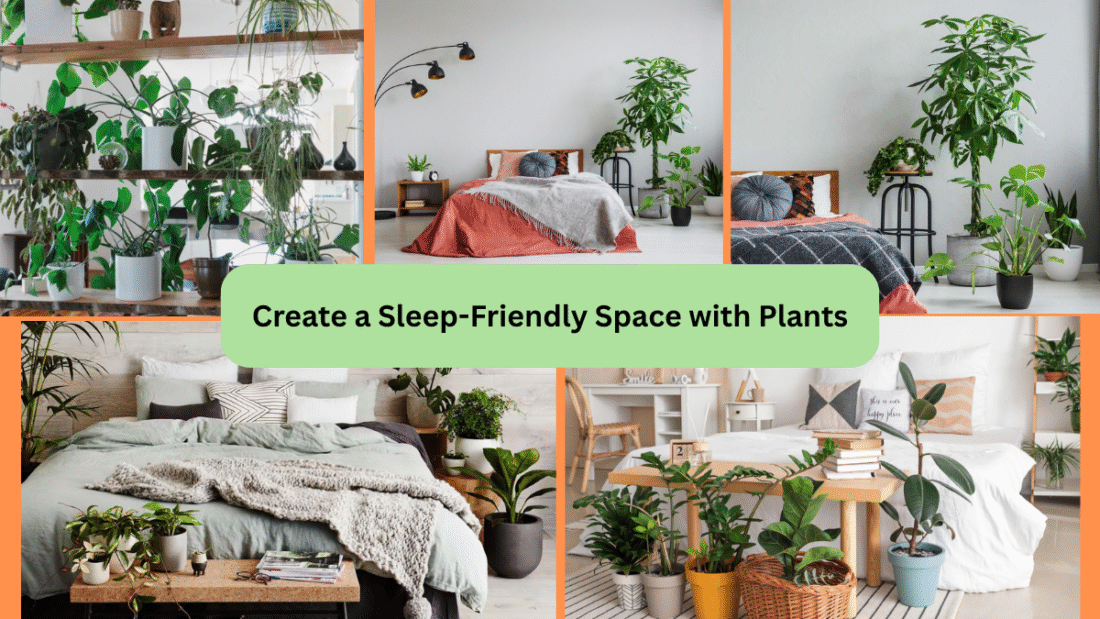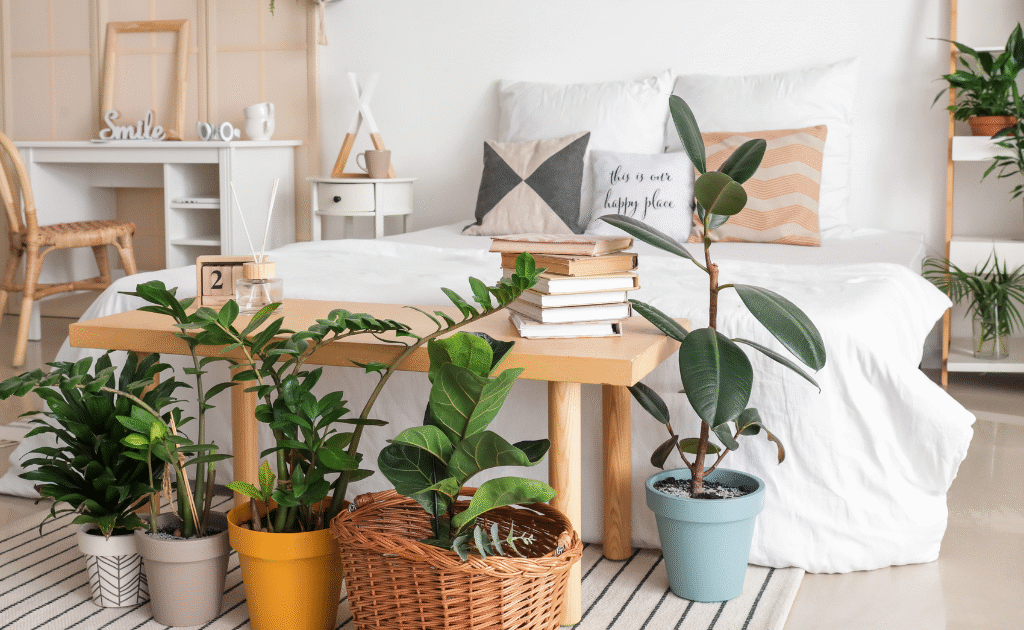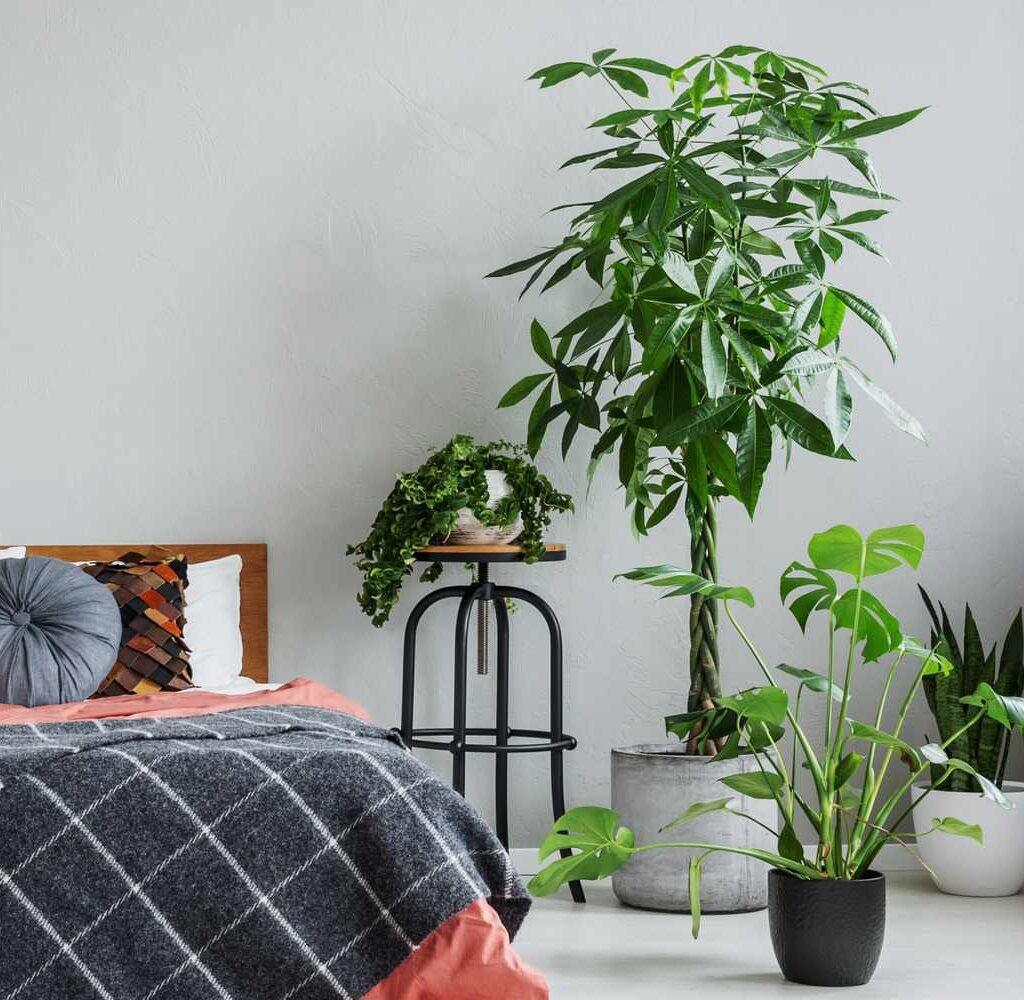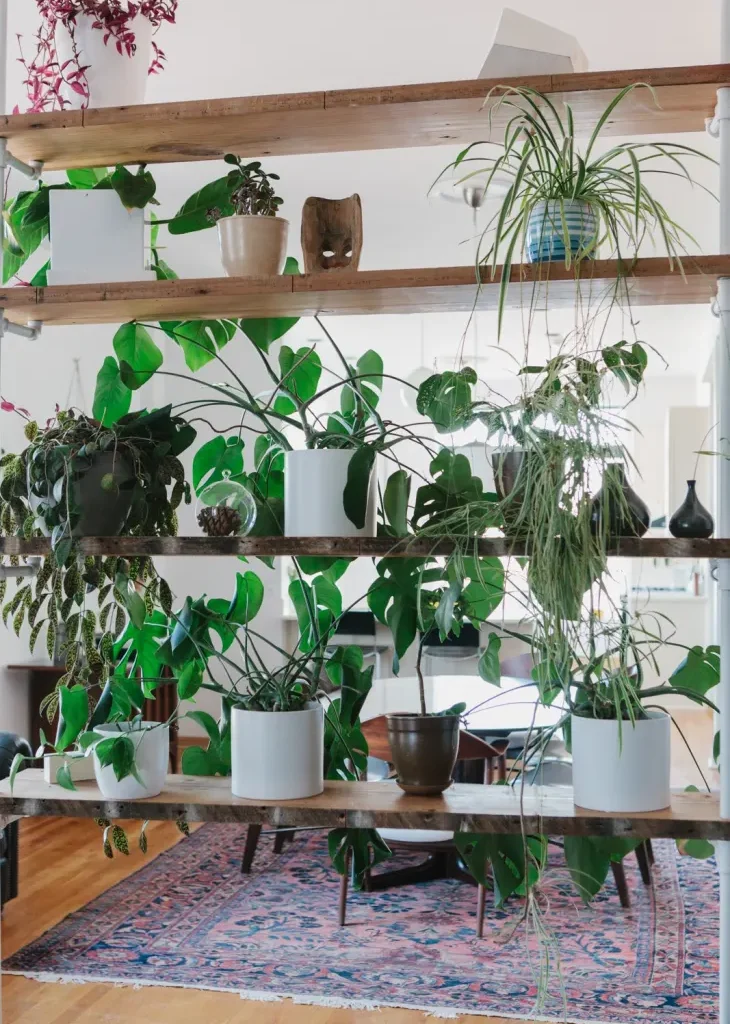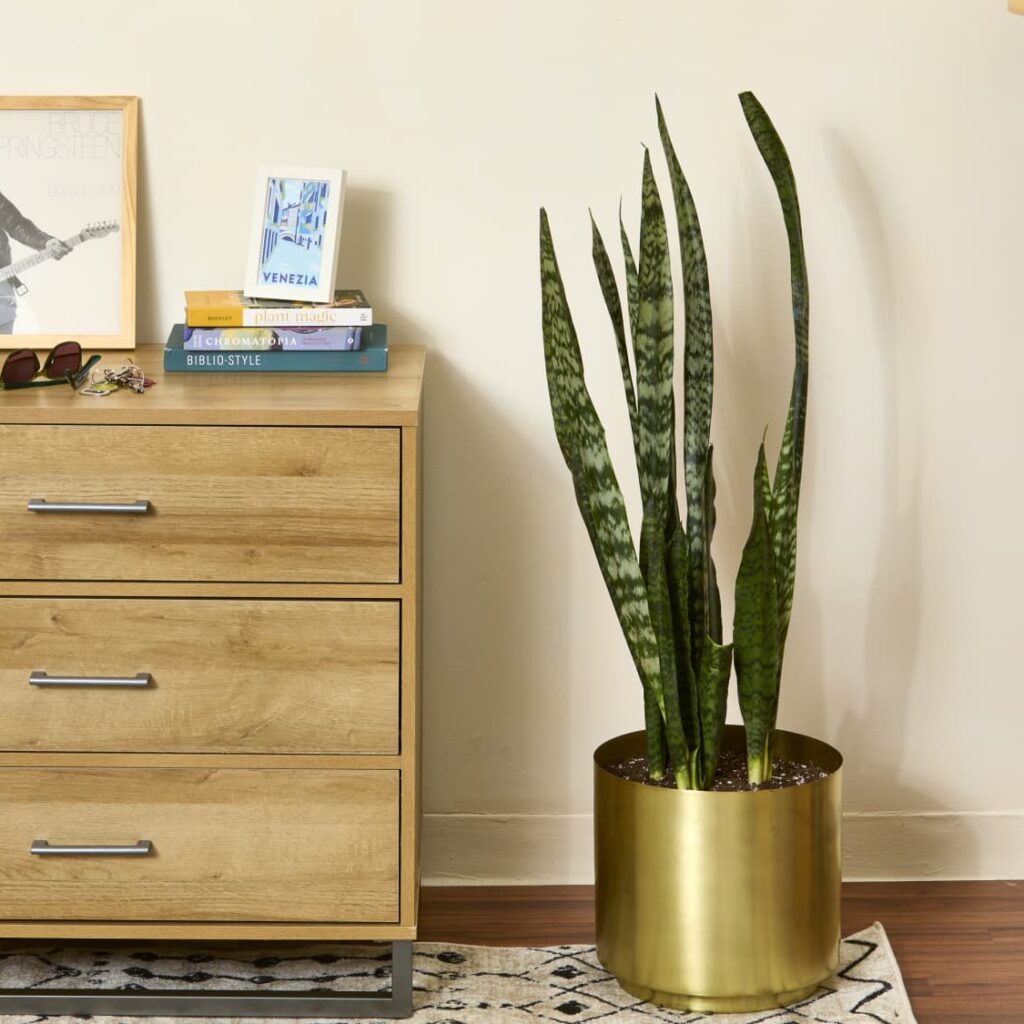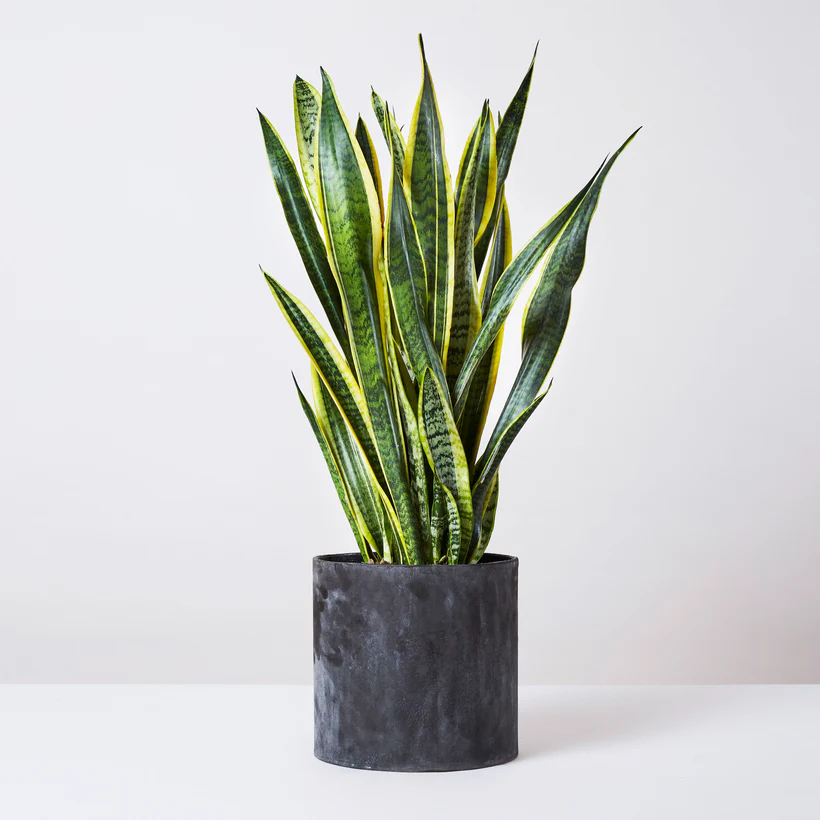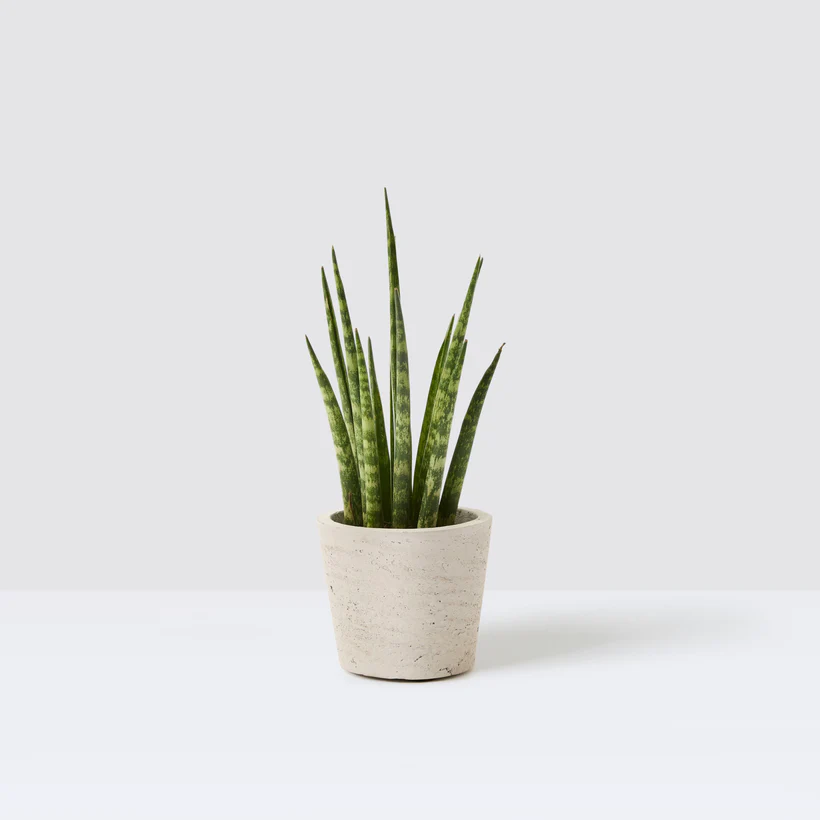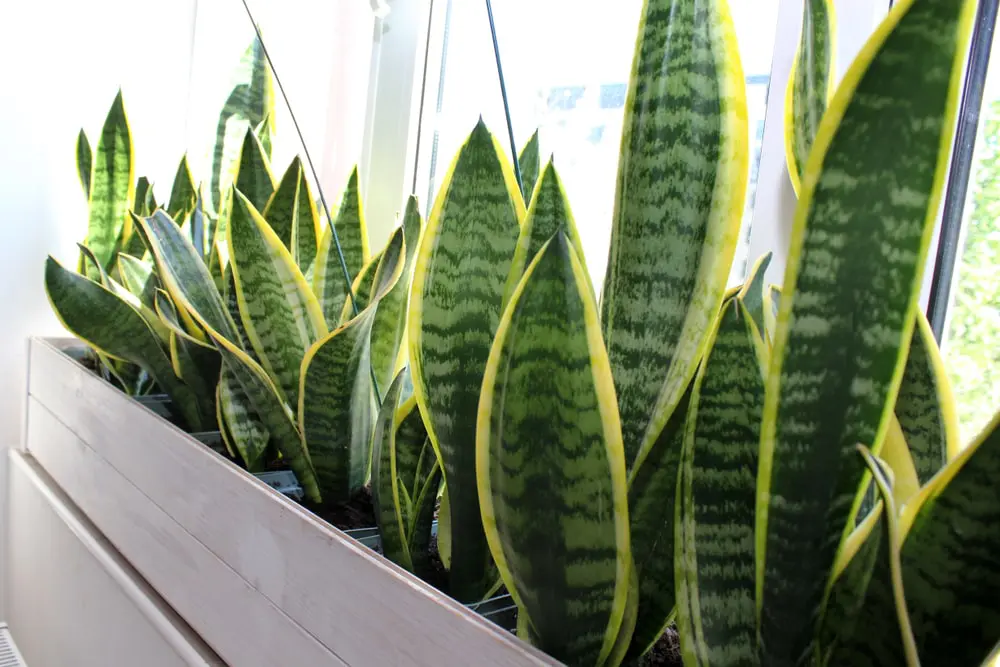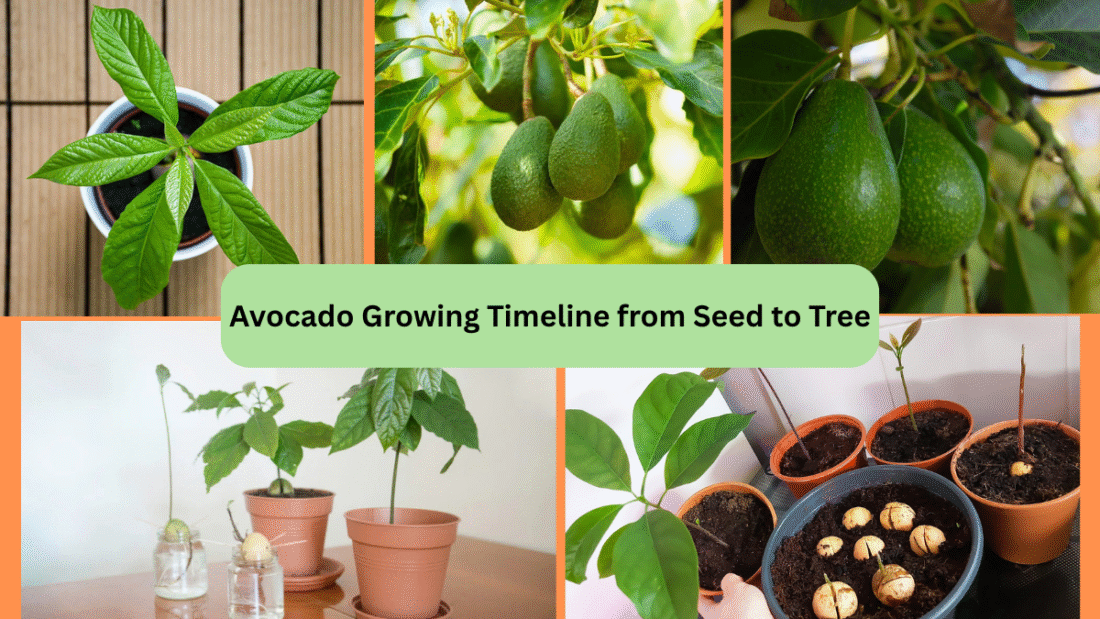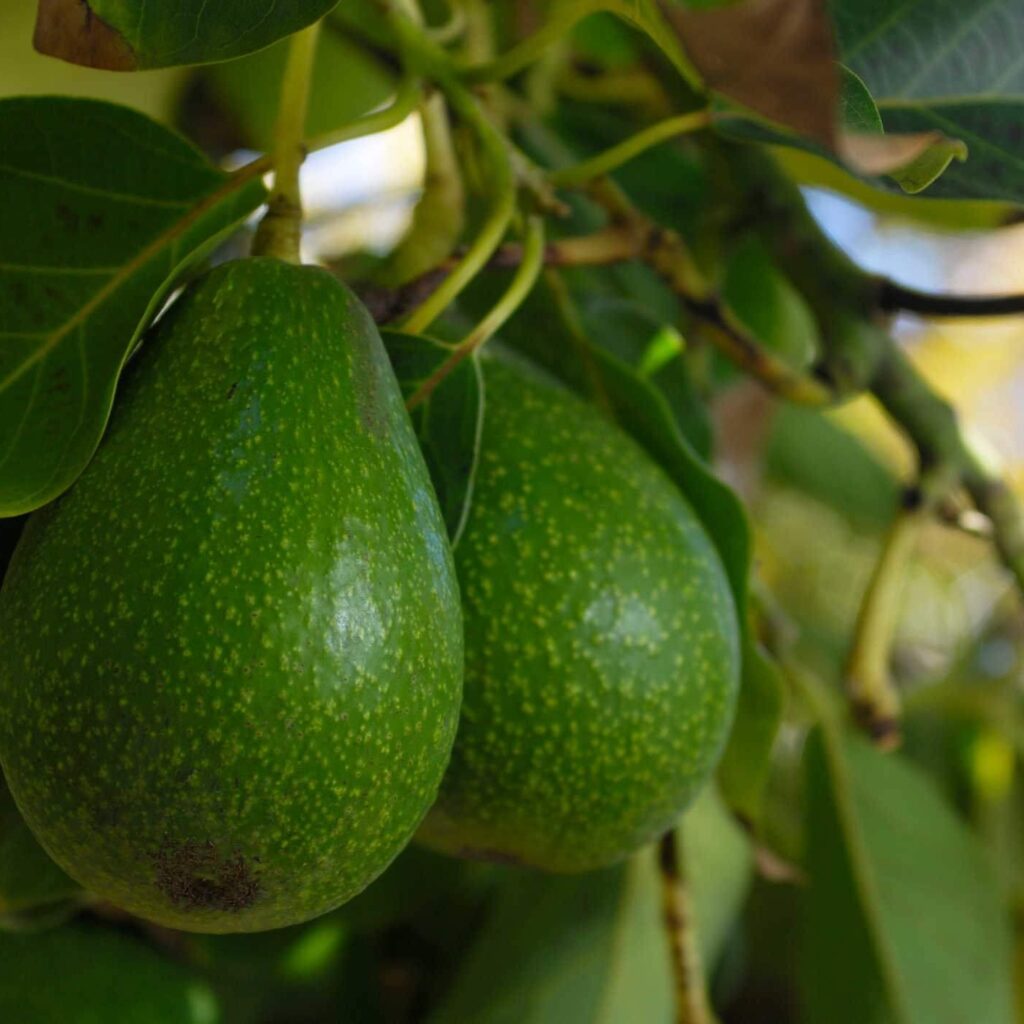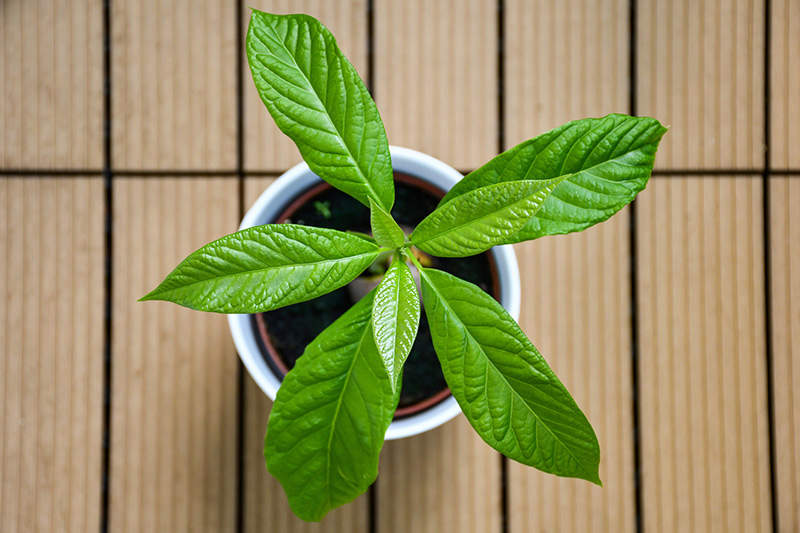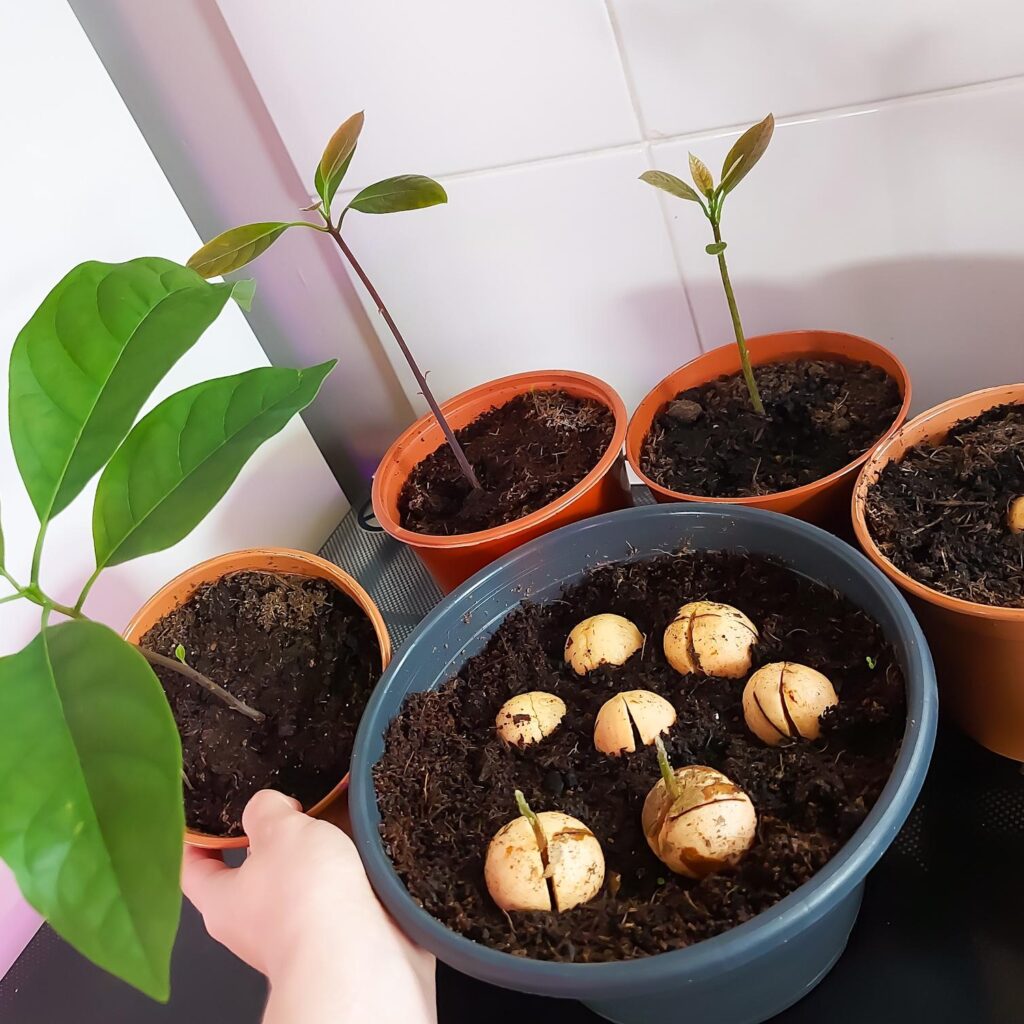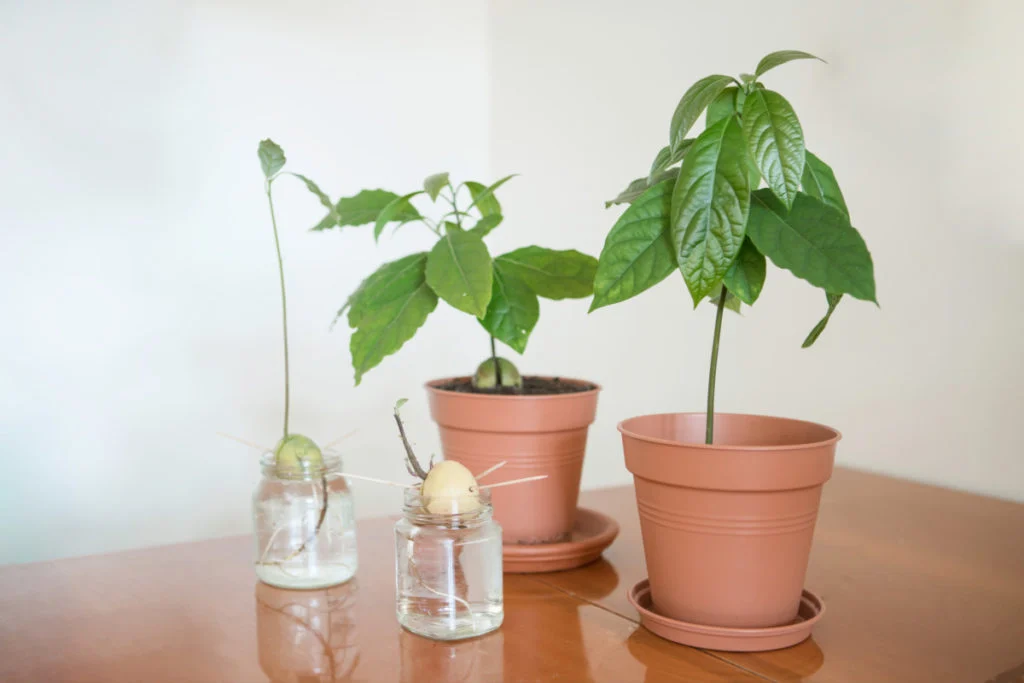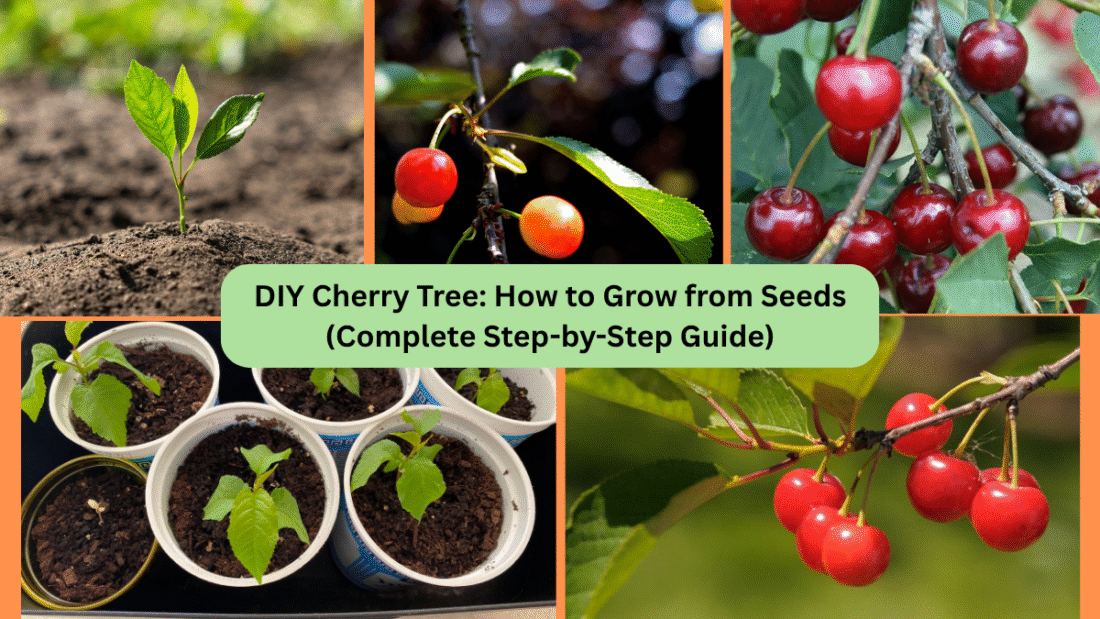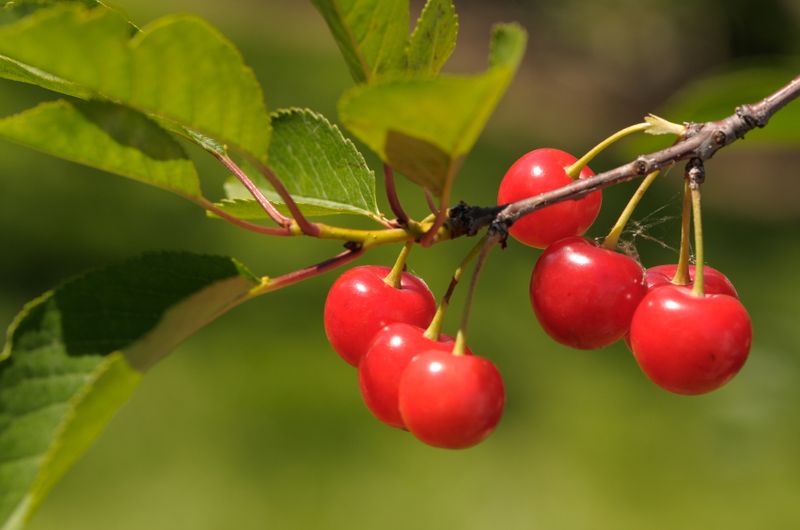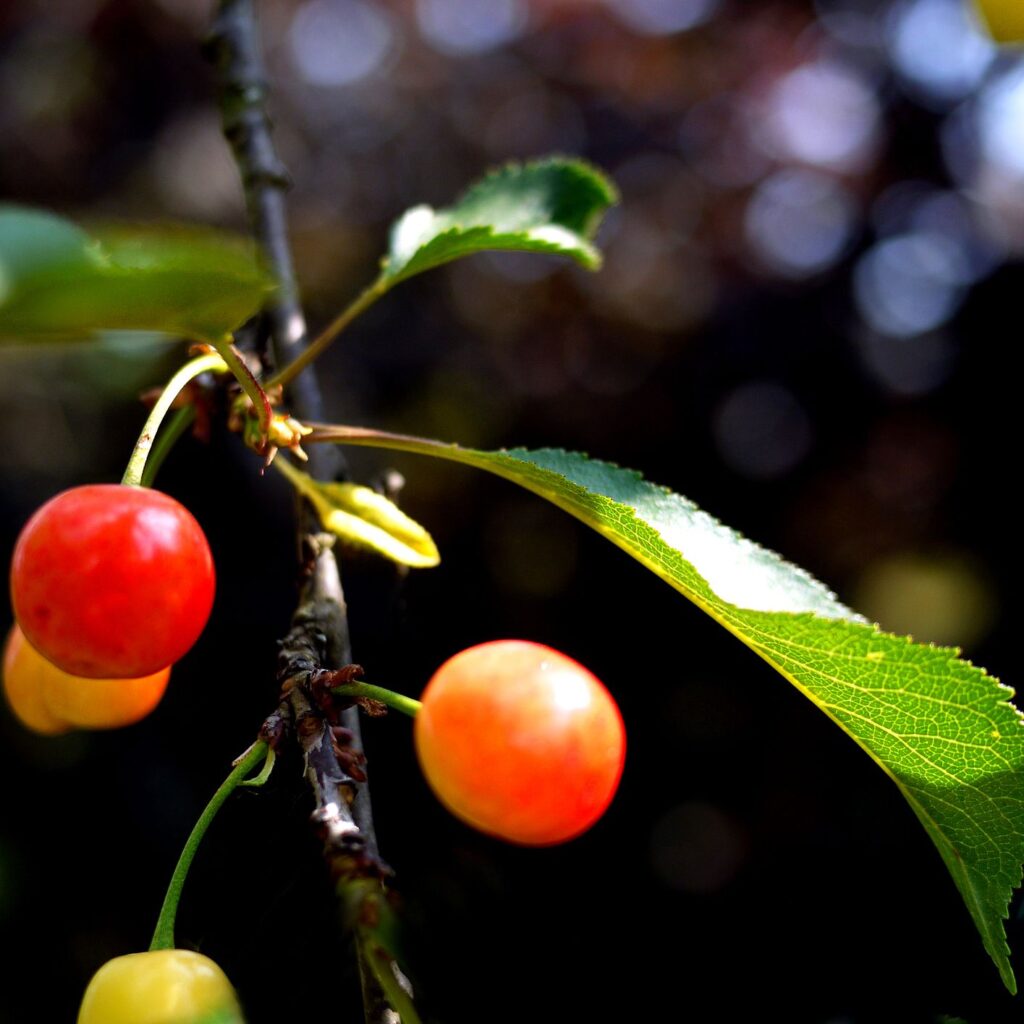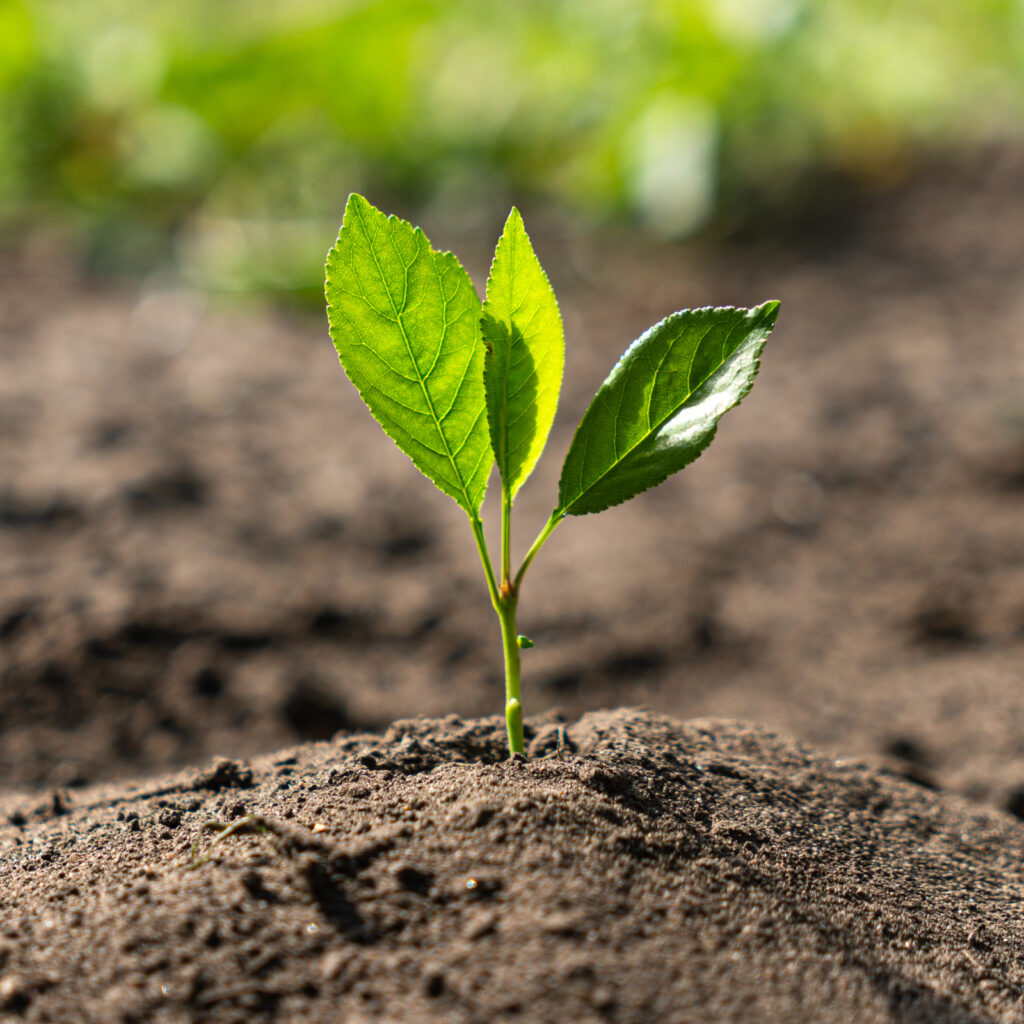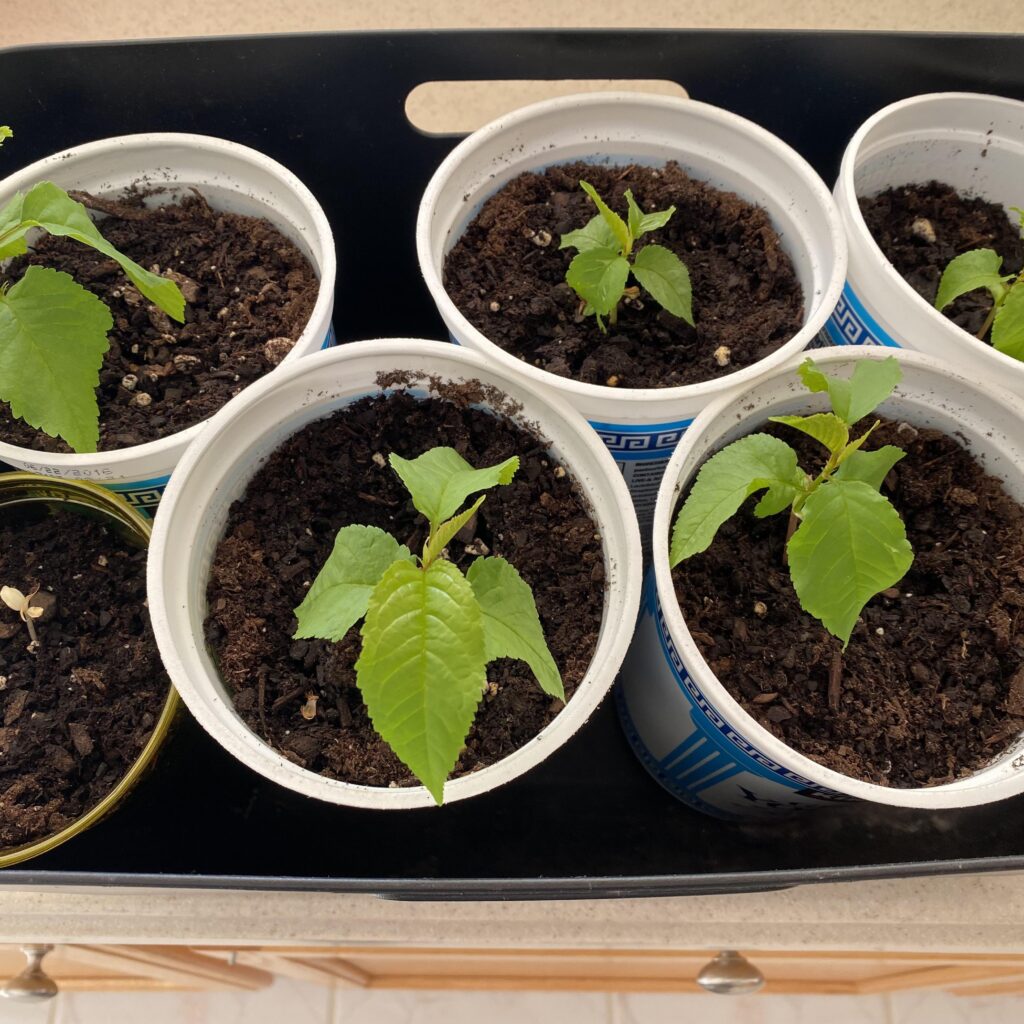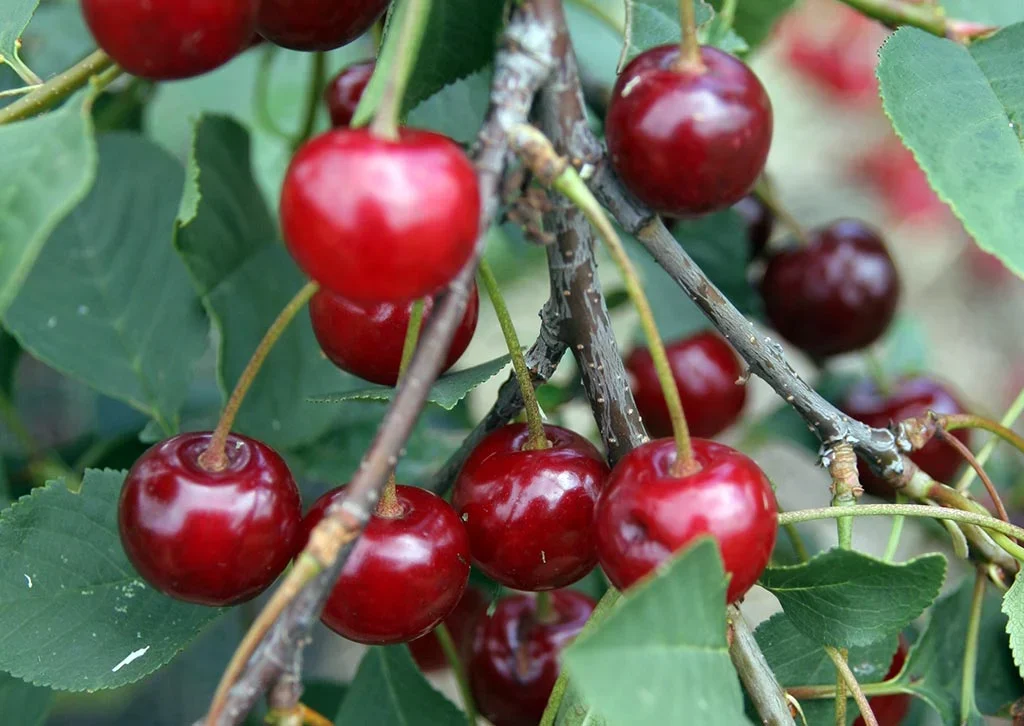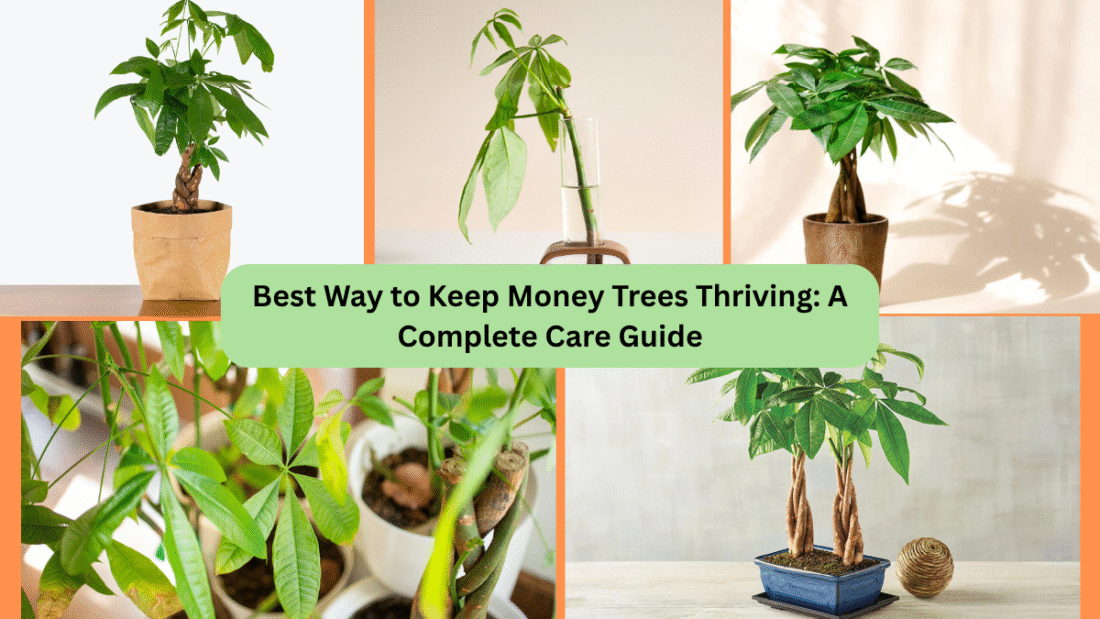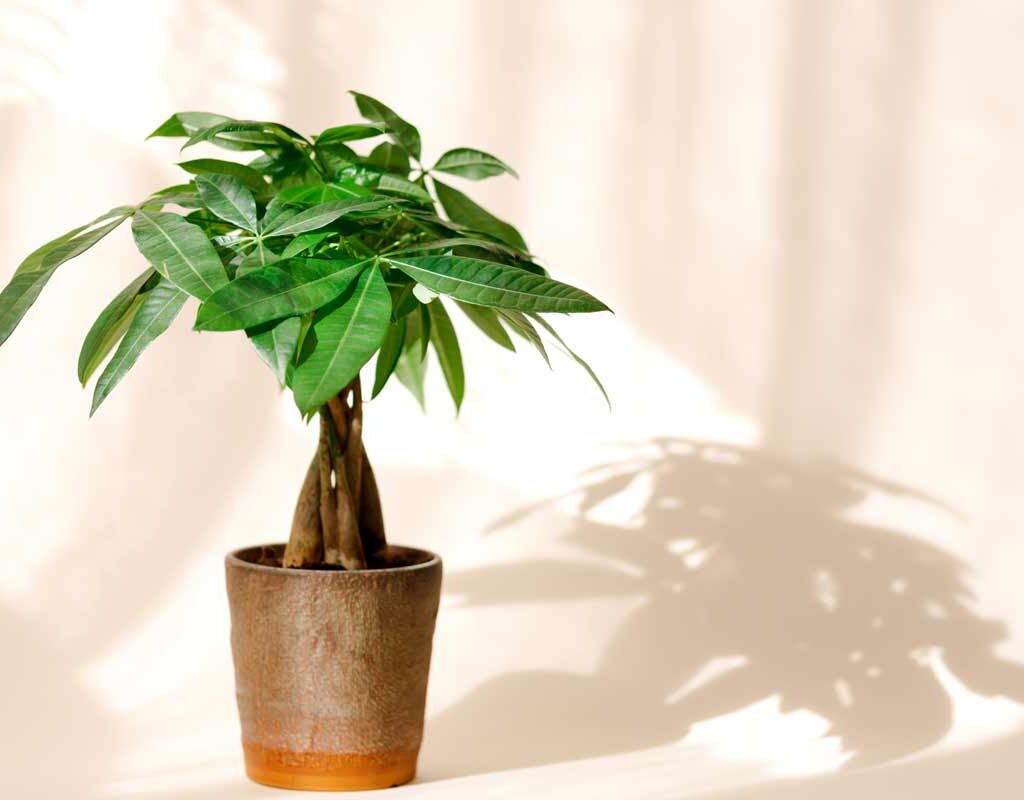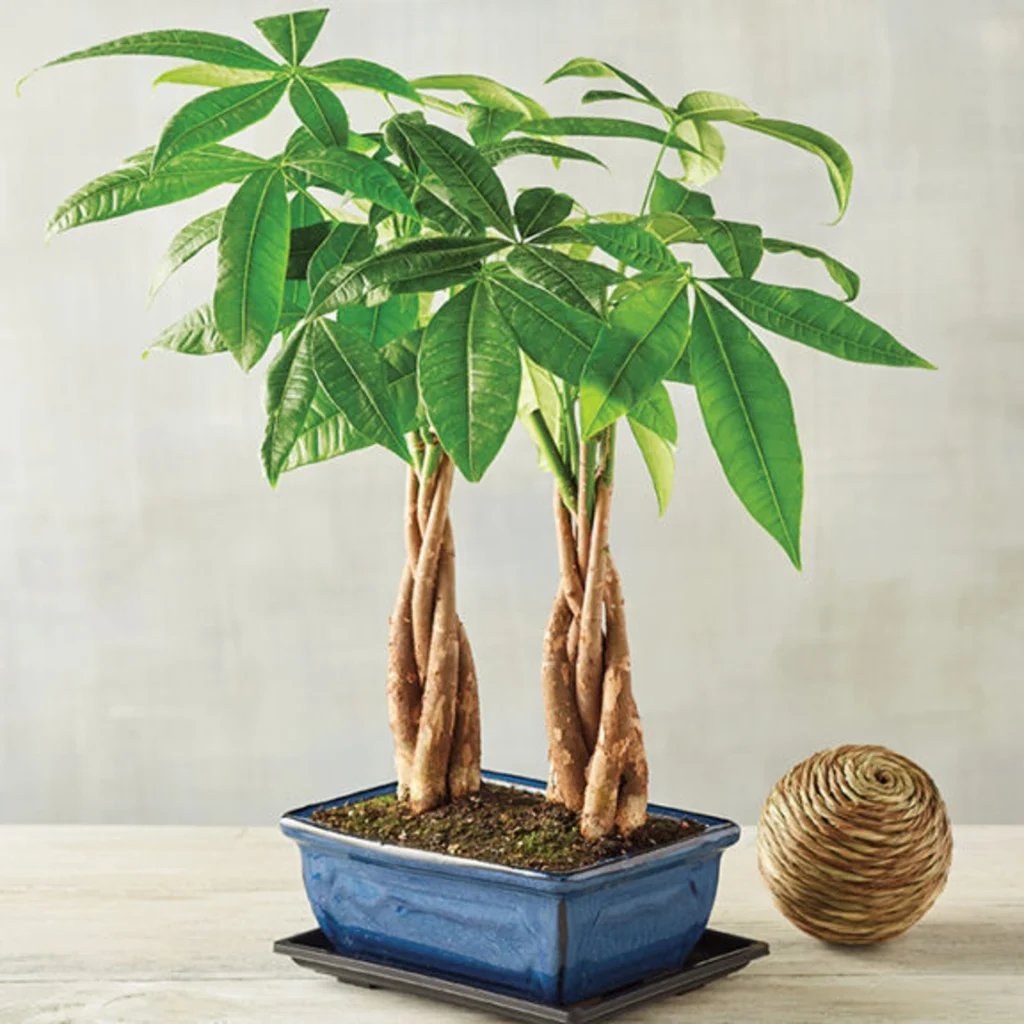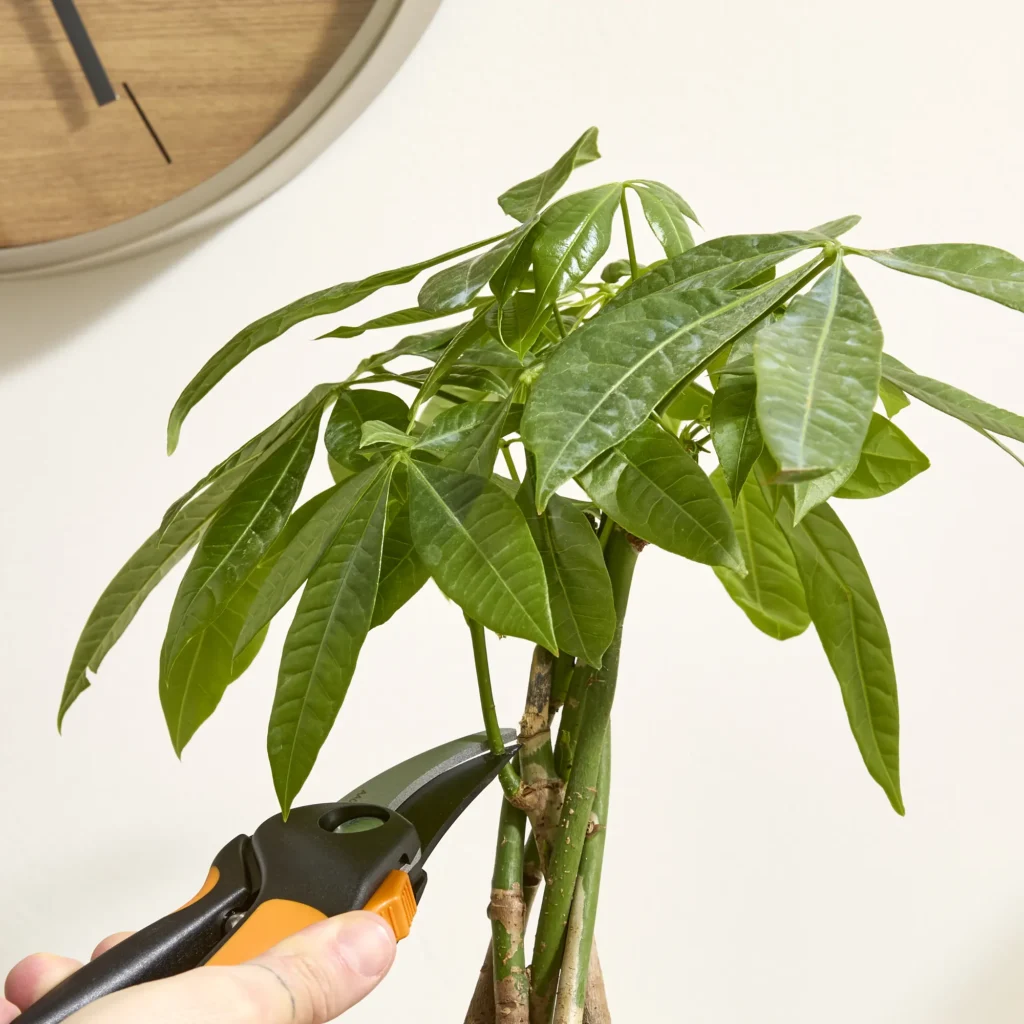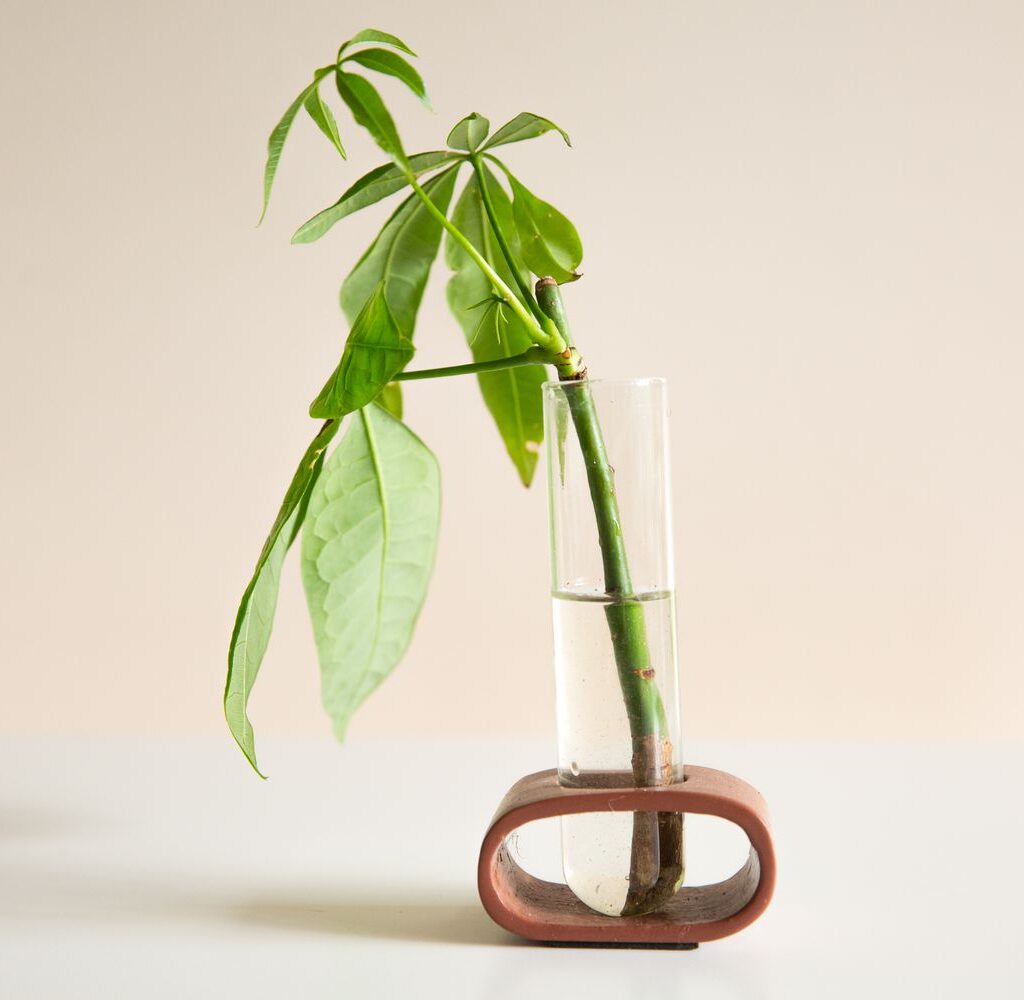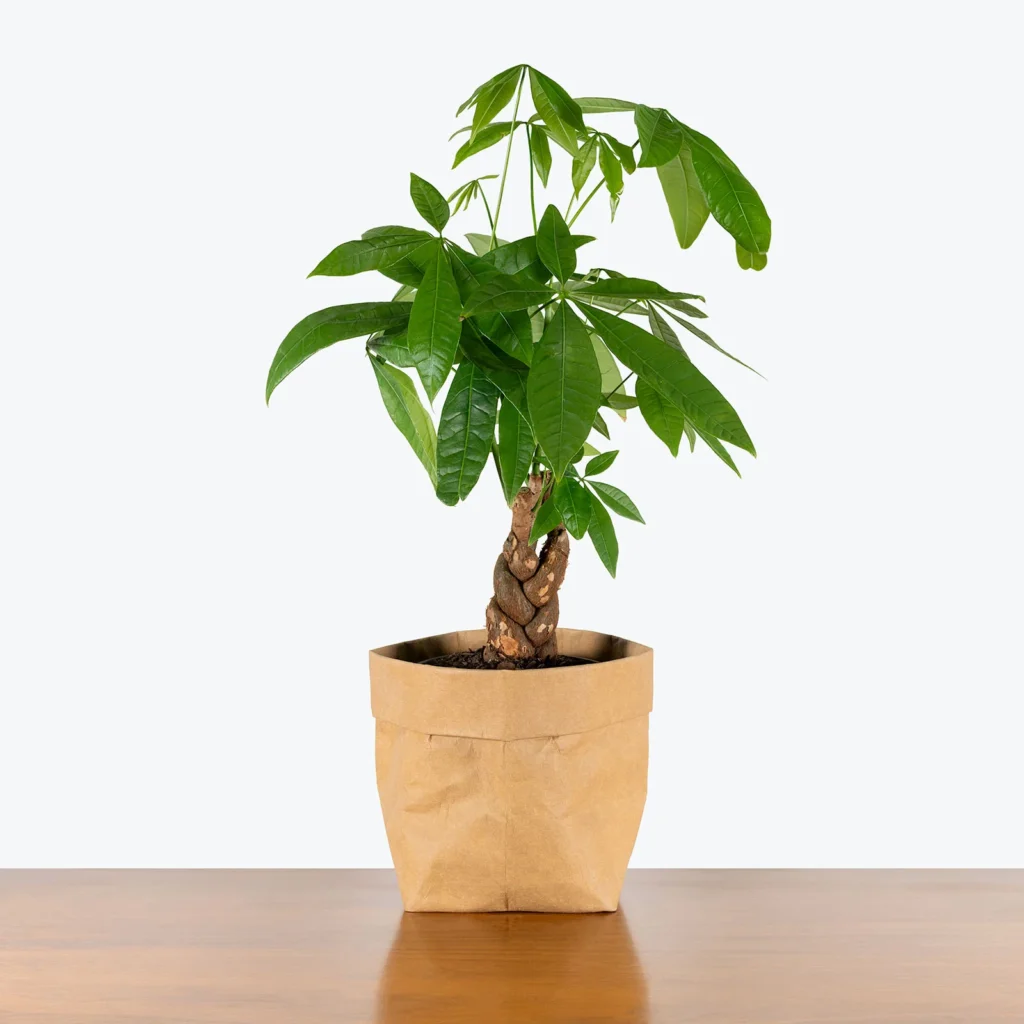Dreaming of homegrown, sun-ripened tomatoes but short on space? You’re not alone. Whether you live in an apartment, have a tiny balcony, or garden on a patio, you can still grow juicy, delicious tomatoes with the right techniques. Tomatoes are one of the most rewarding crops to grow — and yes, they thrive even in containers and compact gardens.
This complete Tomato Planting Guide for Small Spaces covers everything from choosing the right varieties to maximizing yield in tight quarters.
Why Grow Tomatoes in Small Spaces?
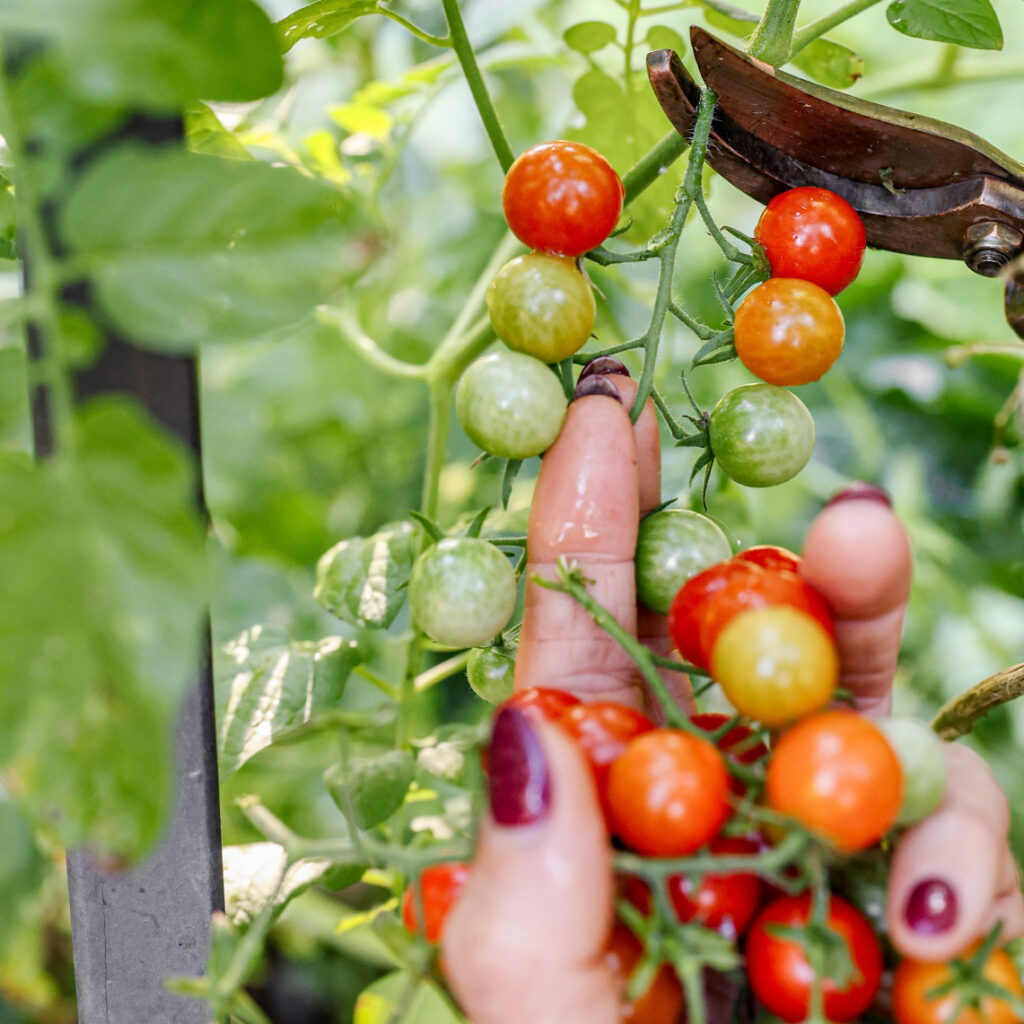
Tomatoes are the star of many gardens for good reason:
- Fresh, flavorful taste — better than store-bought
- Grows easily in pots, containers, and vertical systems
- Packed with vitamins A, C, K, and antioxidants
- Great learning crop for beginner gardeners
- Adds greenery and charm to balconies and windowsills
And the best part? With as little as 2 square feet of space, you can grow a productive tomato plant!
Best Tomato Varieties for Small Spaces
Choosing the right type is the first key to success. Go for compact or dwarf varieties that don’t require sprawling garden beds.
Top Container-Friendly Tomato Varieties:
| Variety | Type | Growth Habit | Days to Maturity |
|---|---|---|---|
| Tiny Tim | Cherry | Dwarf | 50–60 days |
| Bush Early Girl | Slicing | Determinate | 54 days |
| Balcony Cherry | Cherry | Compact | 55–65 days |
| Patio Princess | Cherry | Bush | 60–70 days |
| Window Box Roma | Roma | Determinate | 70–80 days |
| Red Robin | Cherry | Miniature | 55–68 days |
Tip: Look for keywords like patio, bush, dwarf, or compact when selecting seeds or seedlings.
What You’ll Need
To get started, gather these basic supplies:
Containers:
- At least 12 inches wide and deep
- Plastic, ceramic, fabric grow bags, or hanging baskets
- Drainage holes are essential!
Soil:
- Use lightweight, nutrient-rich potting mix
- Avoid garden soil (too dense and may hold too much water)
Sunlight:
- 6–8 hours of direct sun daily (or use a grow light indoors)
Other Essentials:
- Tomato stakes, cages, or trellises (even for small plants)
- Watering can with a narrow spout
- Organic tomato fertilizer
Step-by-Step Tomato Planting Guide

Let’s break down how to grow tomatoes successfully in your small space:
Step 1: Choose the Right Container
Tomatoes have deep roots, so the bigger the pot, the better.
- Minimum size: 5-gallon pot (12″ diameter)
- Hanging baskets: Ideal for trailing cherry varieties
- Grow bags: Lightweight, affordable, and breathable
Larger containers retain moisture better and support stronger roots.
Step 2: Use the Right Soil
Tomatoes need loose, fertile, and well-draining soil.
Make your own mix:
- 2 parts organic potting mix
- 1 part compost
- 1 part perlite or coco peat for aeration
Add crushed eggshells or bone meal for calcium — helps prevent blossom-end rot.
Step 3: Plant the Seedling Deep
Unlike most plants, tomatoes benefit from deep planting.
How to do it:
- Remove lower leaves from the seedling.
- Bury two-thirds of the stem — roots will grow from the buried stem.
- Gently press soil around the base and water thoroughly.
This promotes a stronger root system for healthier growth.
Step 4: Water Consistently
Tomatoes love moisture — but not soggy roots.
Watering tips:
- Keep soil evenly moist, especially when fruits start forming.
- Avoid overhead watering — aim for the base.
- Water early in the morning to reduce evaporation.
- In hot weather, check soil twice daily.
Warning: Inconsistent watering can cause fruit cracking or blossom-end rot.
Step 5: Provide Support Early
Even small tomato plants benefit from support.
Options:
- Tomato cages: Great for bush varieties.
- Stakes or bamboo sticks: Ideal for single plants.
- Trellises: Useful for indeterminate varieties in vertical gardens.
Install supports at planting time to avoid damaging roots later.
Step 6: Fertilize Regularly

Tomatoes are heavy feeders. Feed them regularly for a great harvest.
Fertilizer tips:
- Use a balanced or tomato-specific fertilizer.
- Start feeding 2–3 weeks after planting, every 10–14 days.
- Use liquid seaweed or compost tea as a natural boost.
Avoid too much nitrogen — it can lead to leafy plants with little fruit.
Step 7: Prune and Pinch Smartly
Remove suckers (the shoots between the main stem and branches) for better airflow and fruit production — especially for indeterminate types.
Pruning also:
- Reduces disease risk
- Directs energy to fruit instead of foliage
- Helps keep small spaces tidy
Step 8: Maximize Sunlight
Place your containers in the sunniest spot possible — a south-facing balcony or windowsill is ideal.
If indoors, use full-spectrum grow lights for 12–14 hours daily.
Step 9: Keep an Eye on Pests and Diseases
Even in small spaces, pests can find your plants.
Common issues:
- Aphids: Spray with soapy water or neem oil.
- Whiteflies: Use sticky traps.
- Fungal spots: Avoid wetting leaves; improve air circulation.
Inspect plants regularly and act fast to protect your harvest.
Harvesting Tomatoes
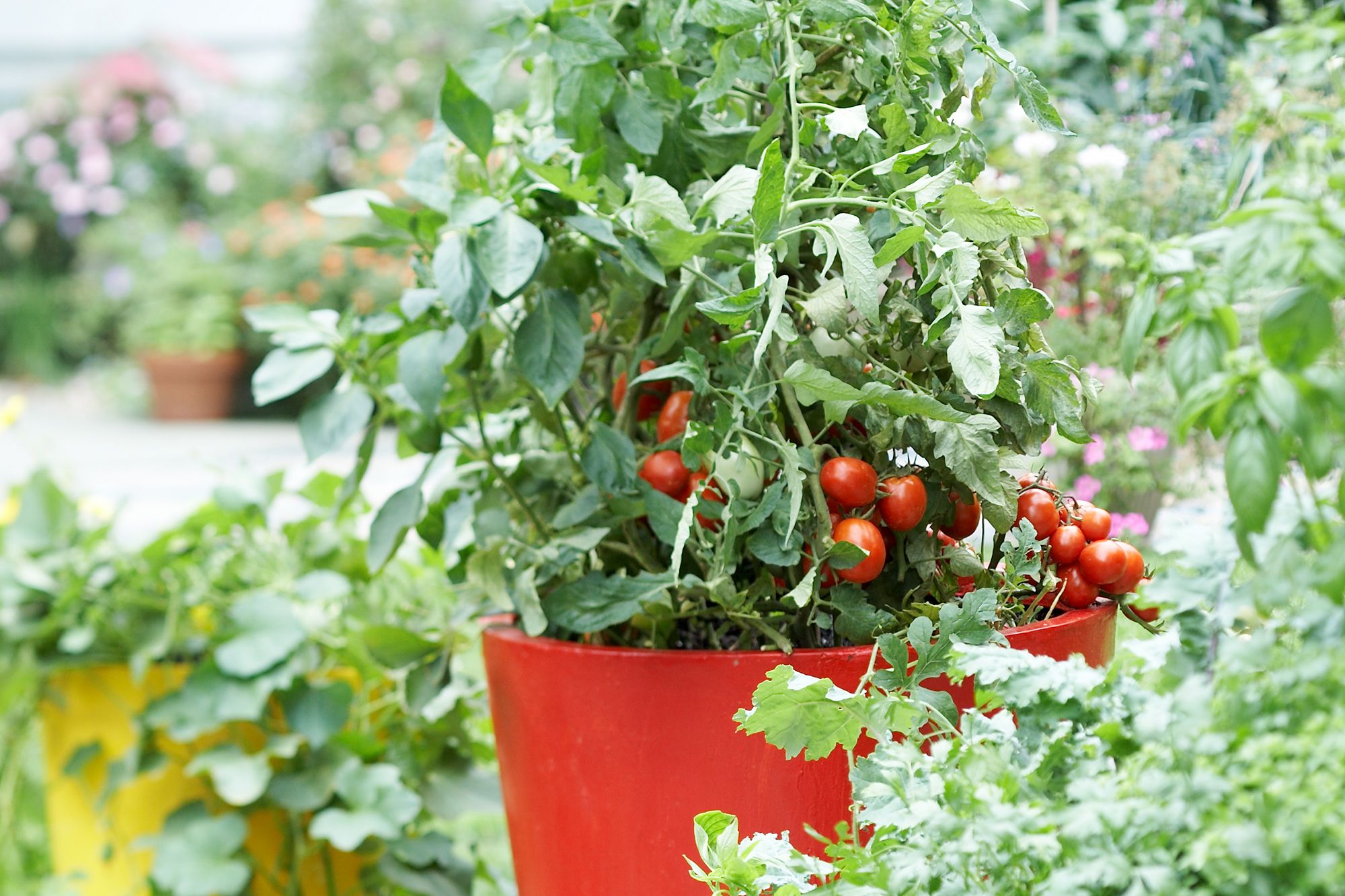
The moment you’ve been waiting for!
- Tomatoes are ready when they’re fully colored and slightly soft.
- Twist gently or use scissors to remove from the plant.
- Keep harvested tomatoes at room temperature — refrigerating dulls their flavor.
Bonus Tips for Small Space Tomato Gardening
- Grow vertically: Use hanging baskets, railing planters, or wall-mounted shelves.
- Companion plant: Add basil, marigolds, or chives to deter pests and boost yield.
- Succession planting: Start new seedlings every 4–6 weeks for continuous harvest.
- Use mulch (like straw or coco coir) to reduce water loss and keep roots cool.
- Rotate locations yearly if growing on balconies or decks.
Final Thoughts
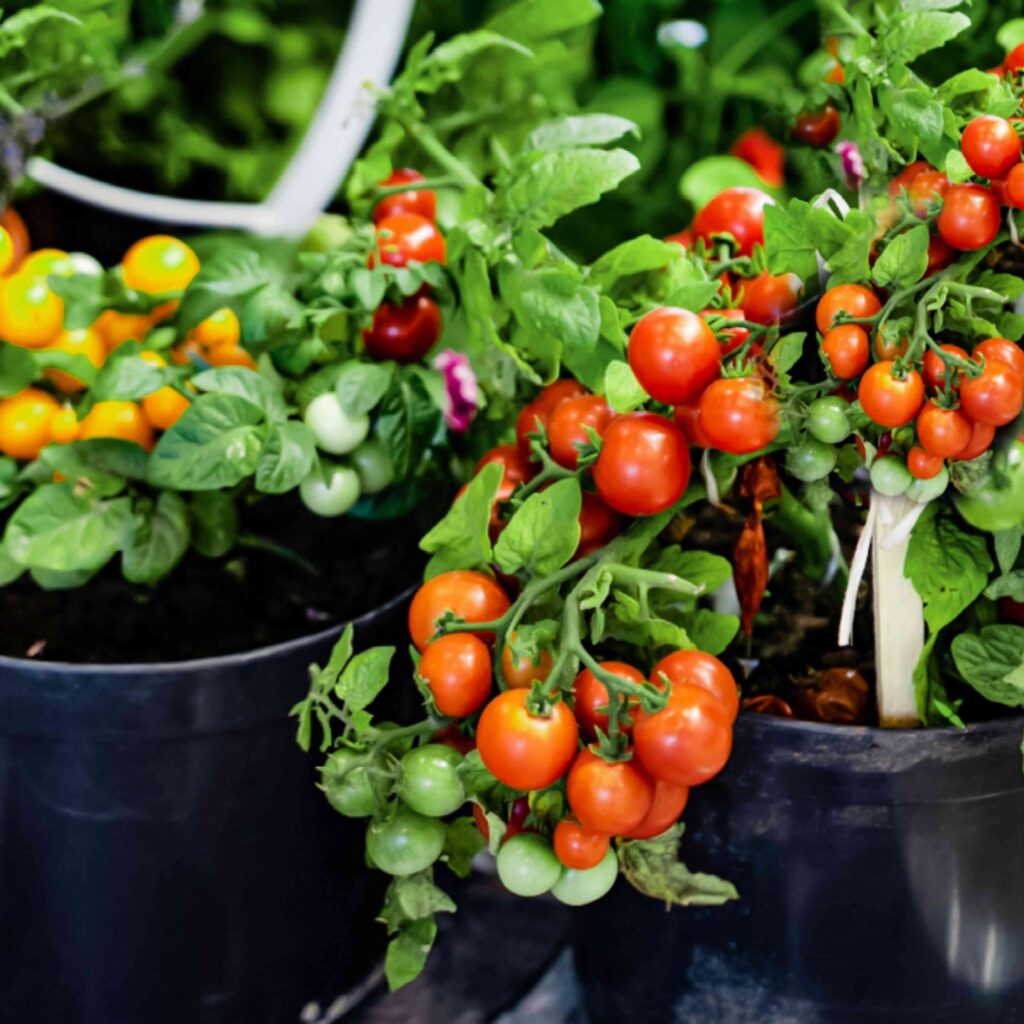
Tomatoes are one of the most rewarding crops to grow — even in the smallest spaces. With a container, a sunny spot, and a bit of care, you can enjoy baskets of flavorful, homegrown tomatoes all season long.
Whether you’re growing cherry tomatoes on your windowsill or full-size slicers on your patio, the results are always satisfying. Get creative with your space, stay consistent with care, and you’ll be harvesting your own tomatoes before you know it.
Happy planting!

